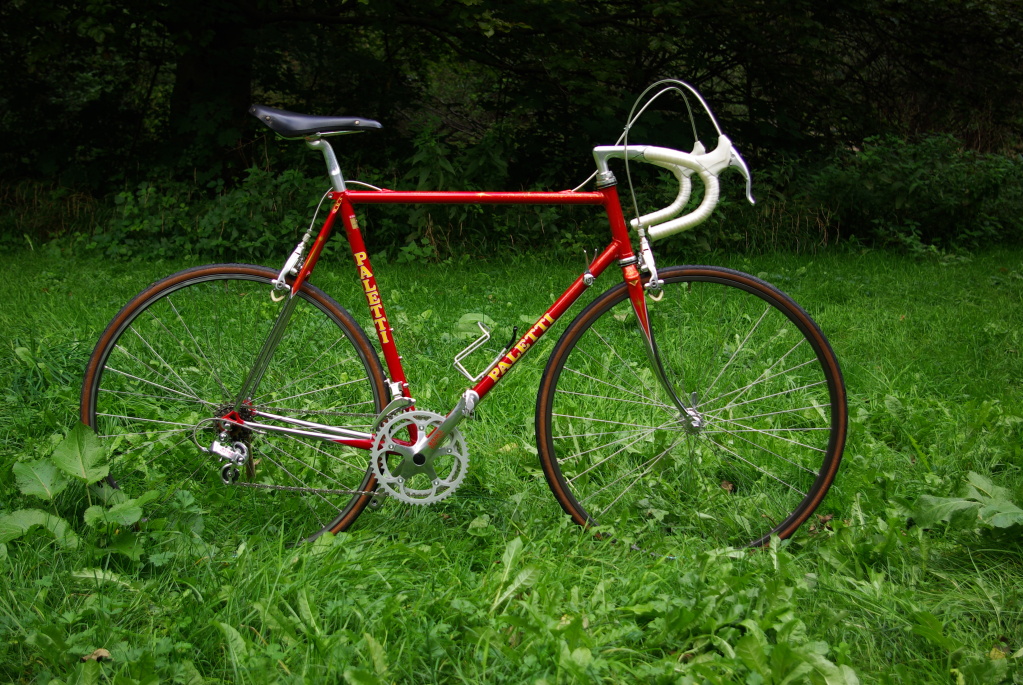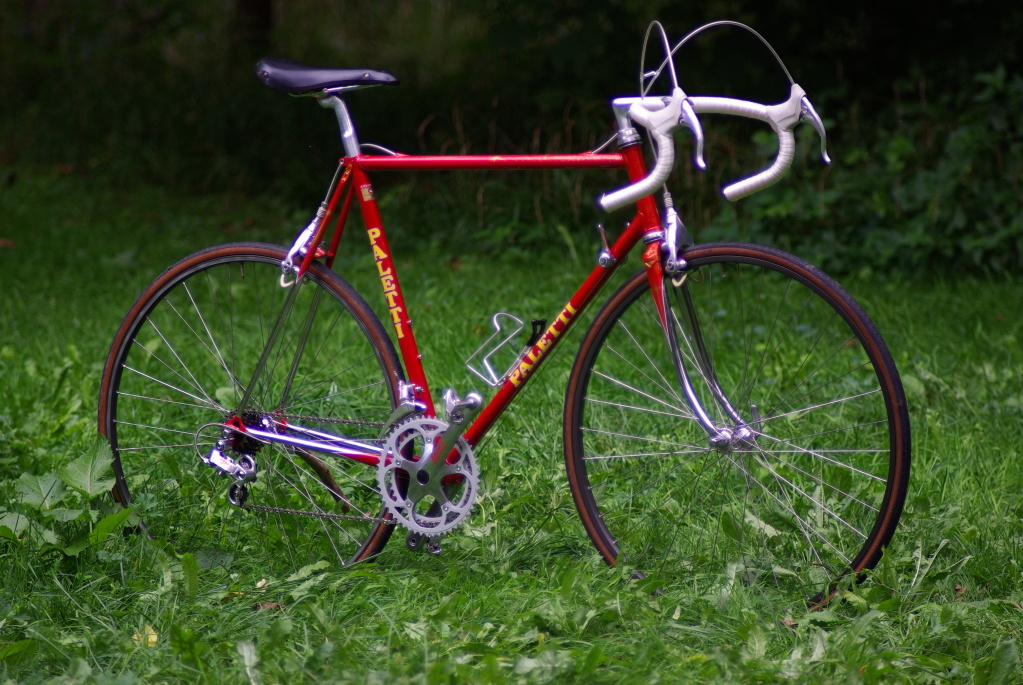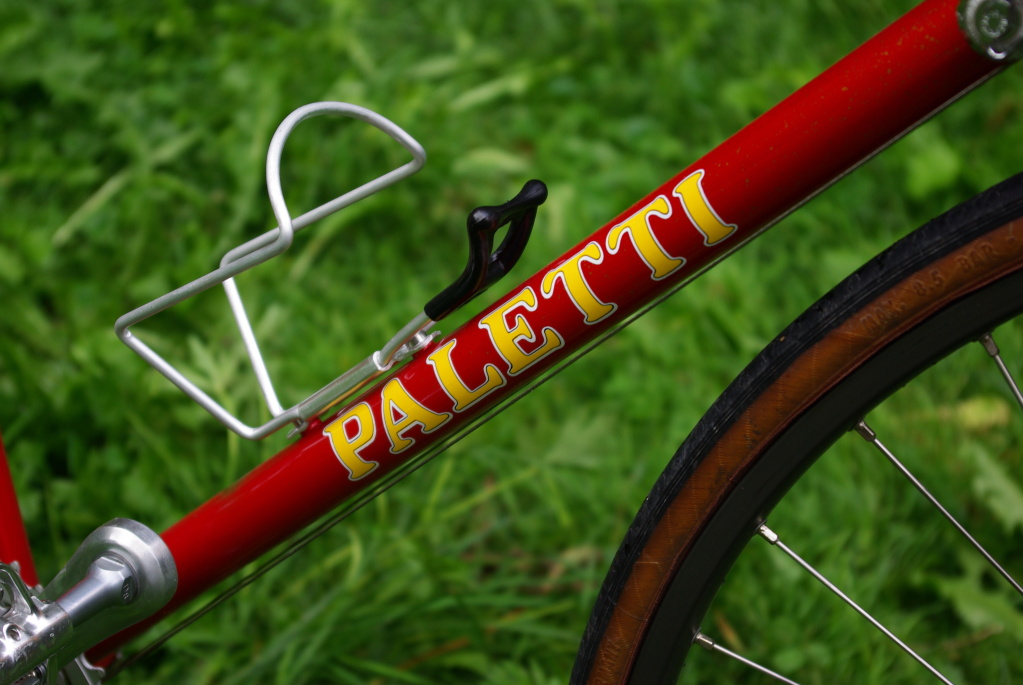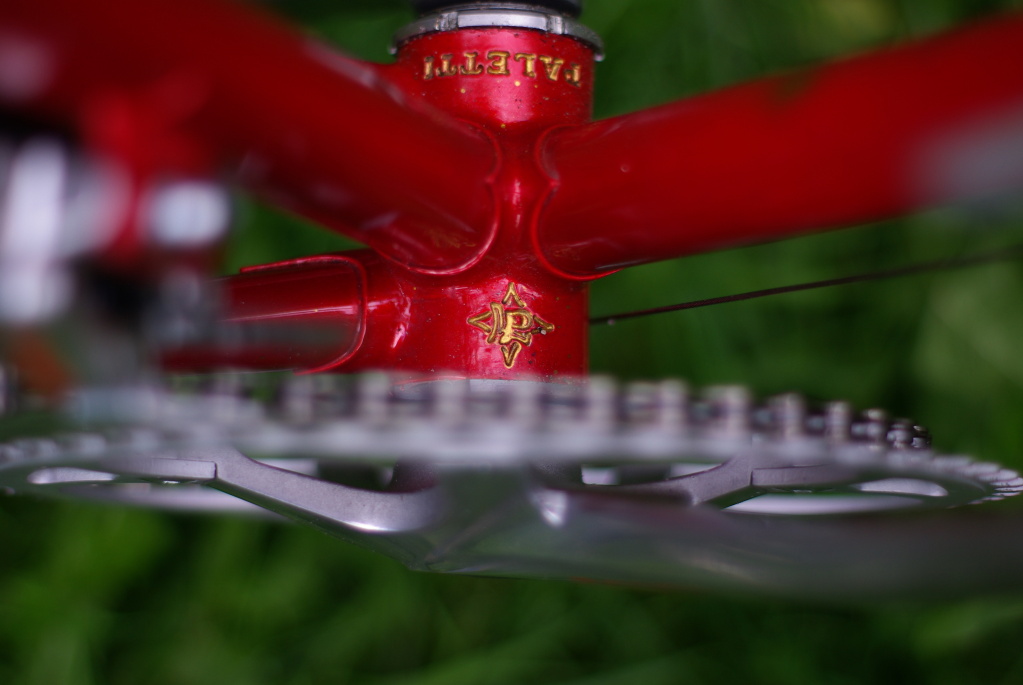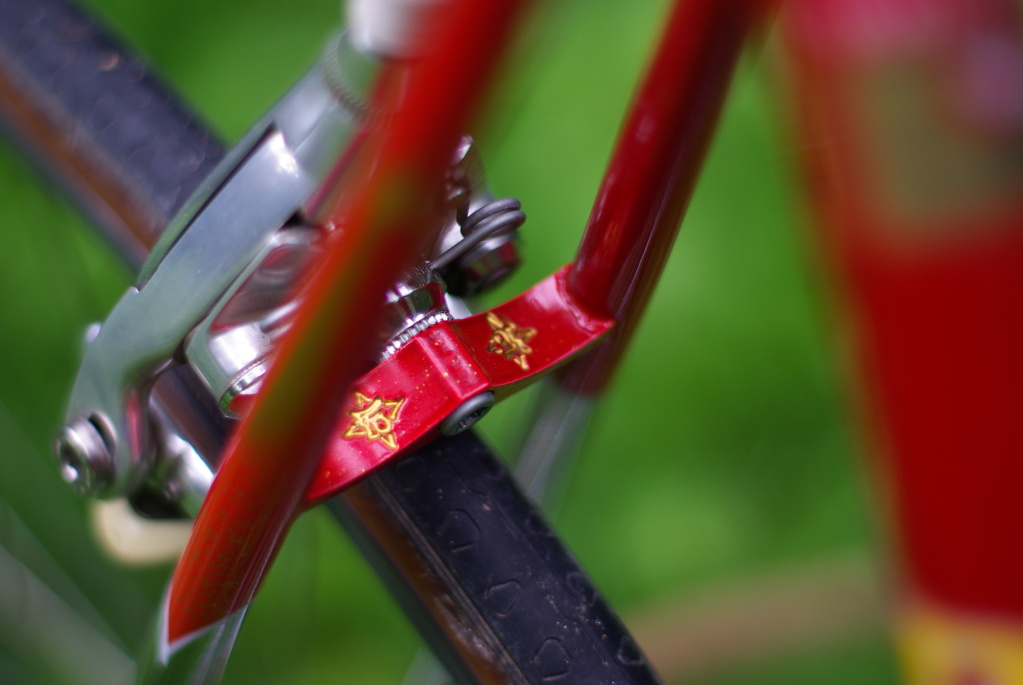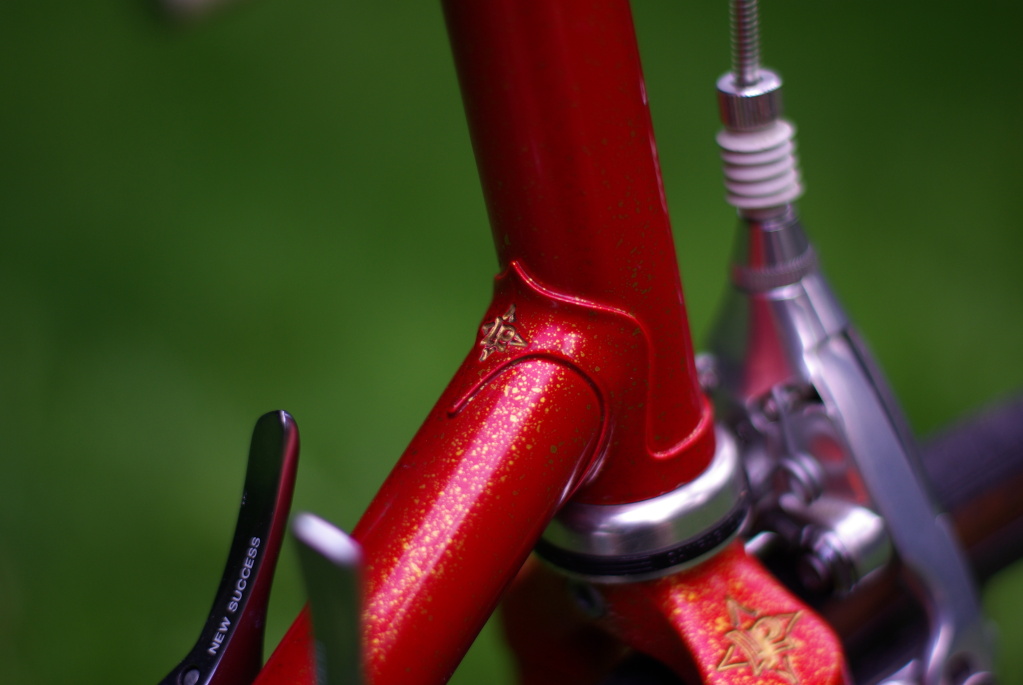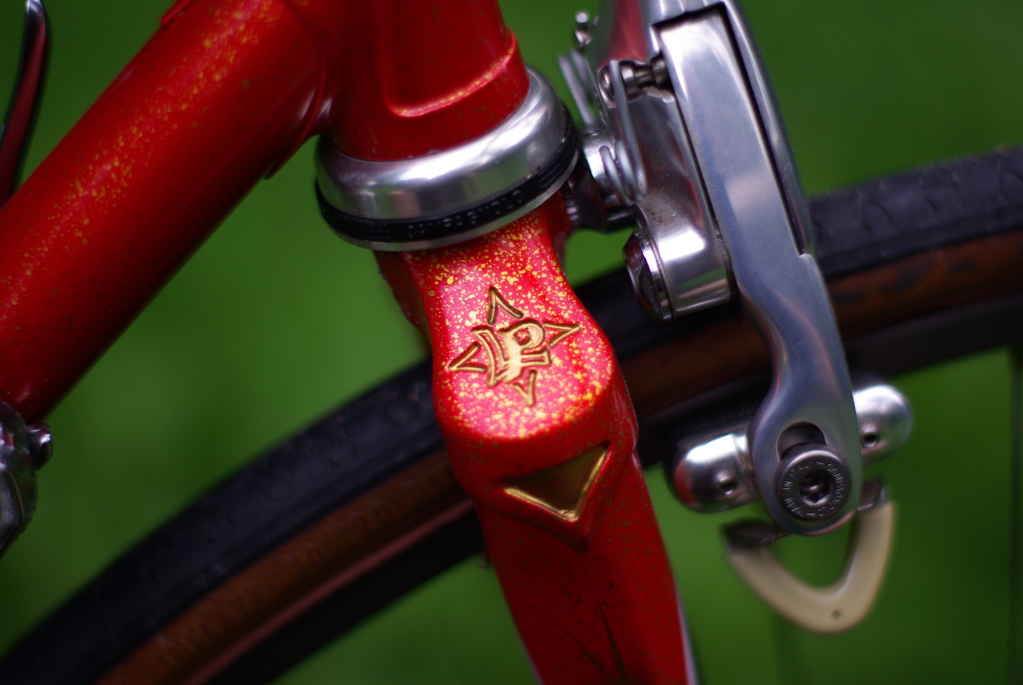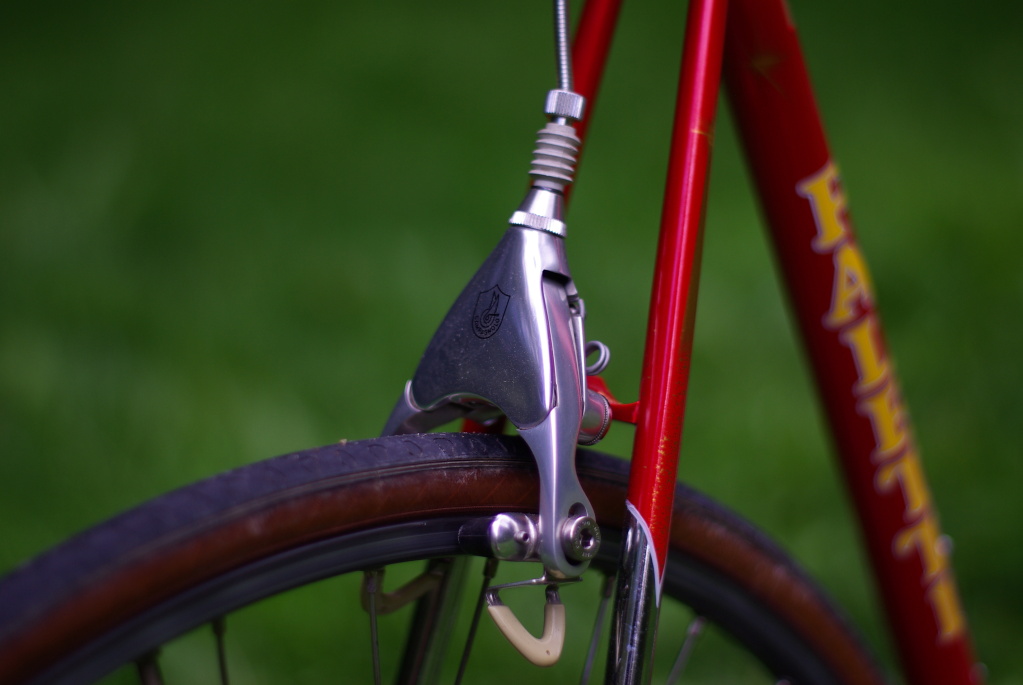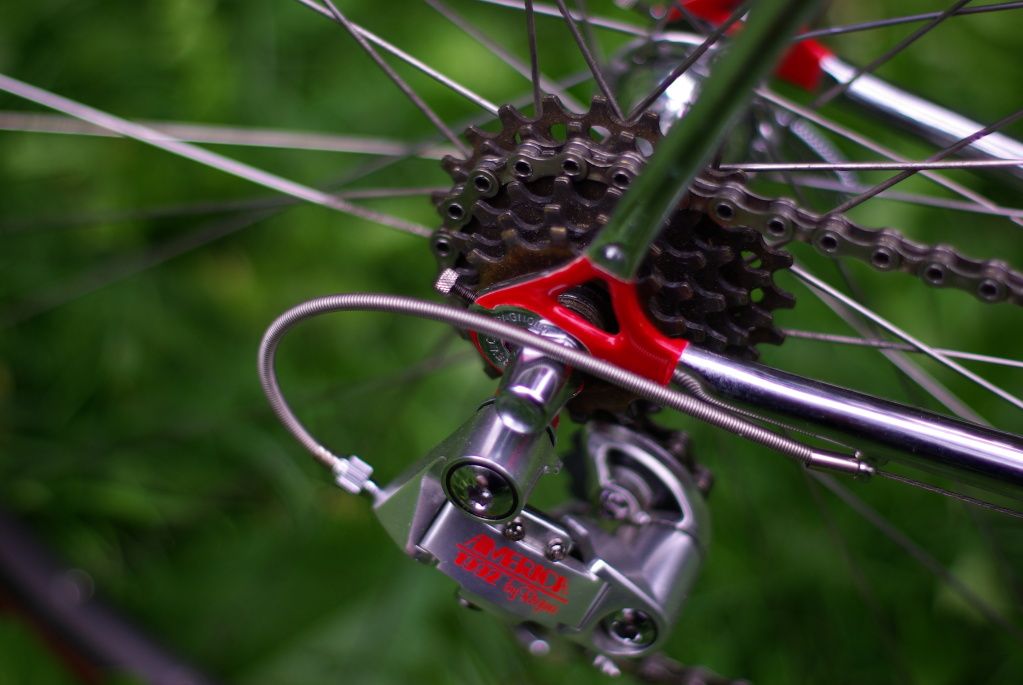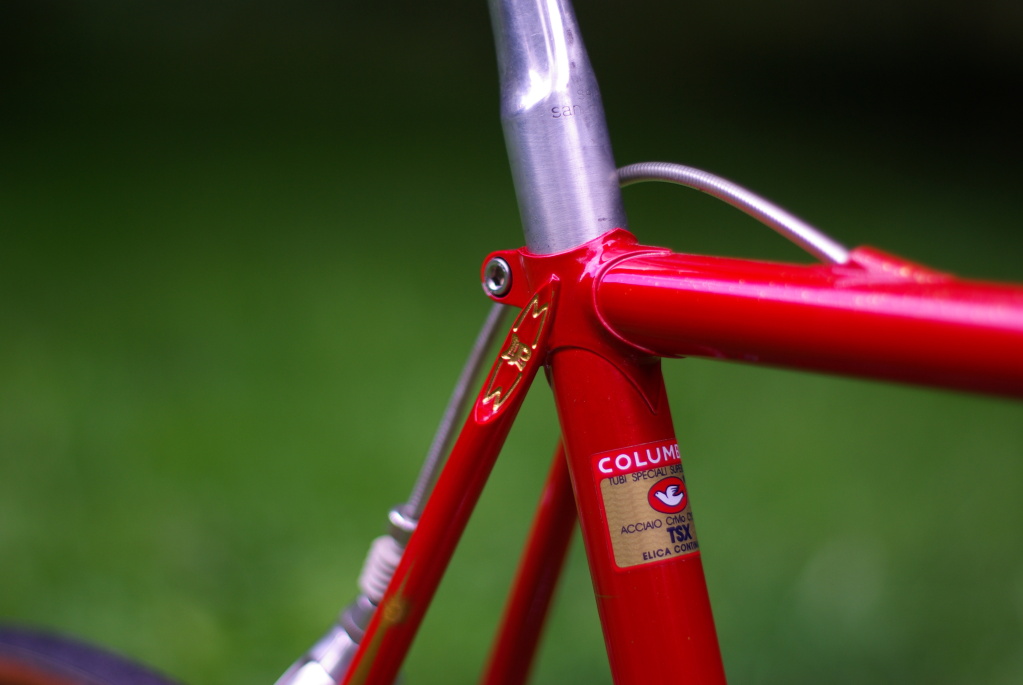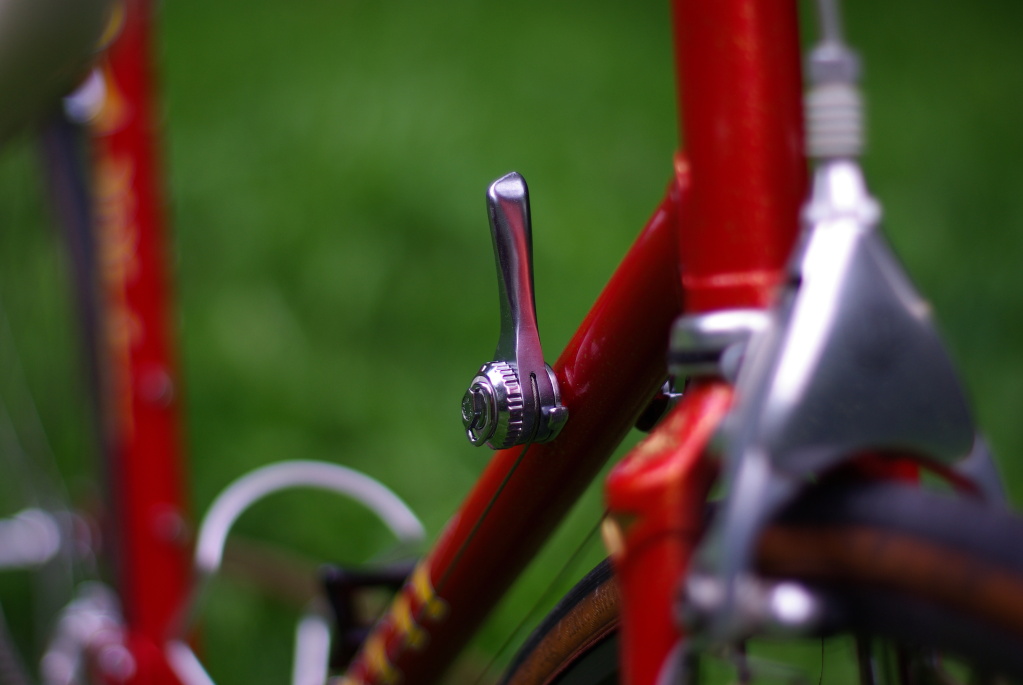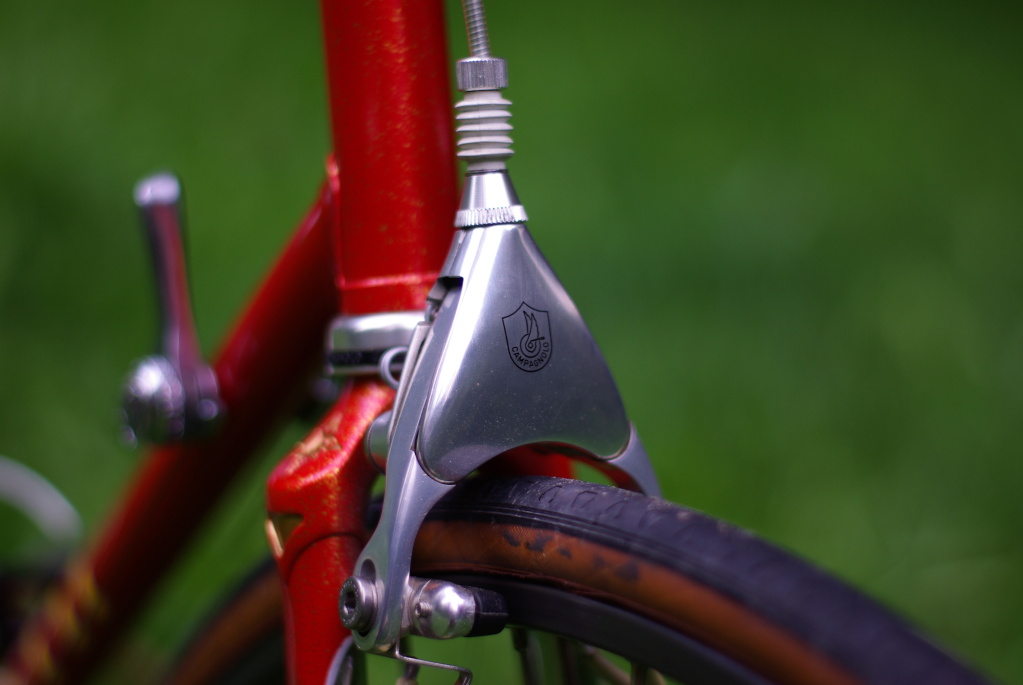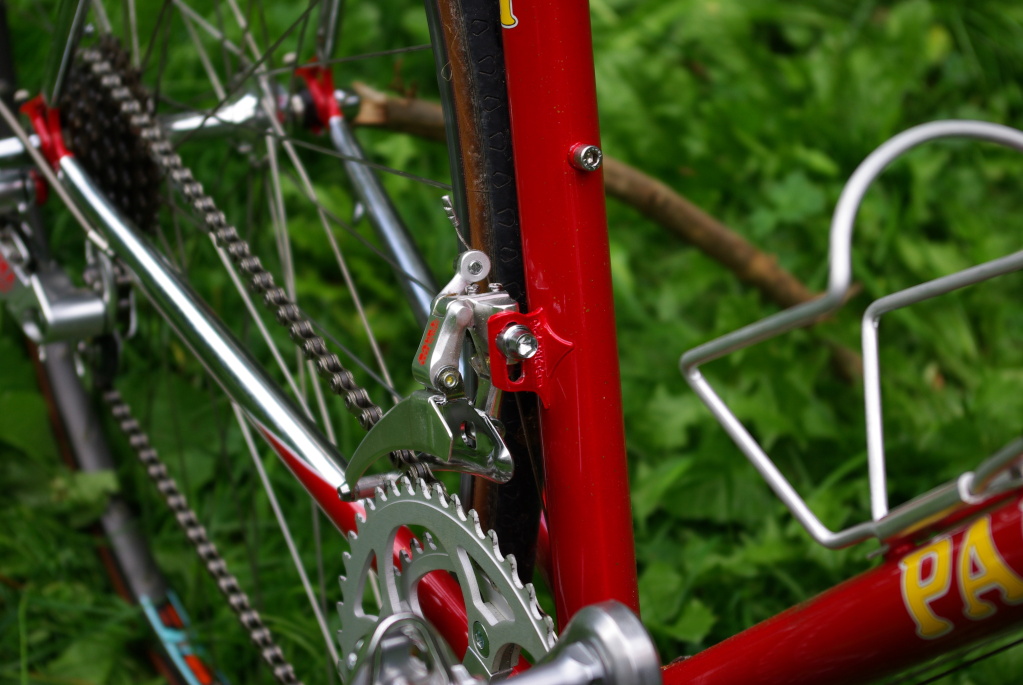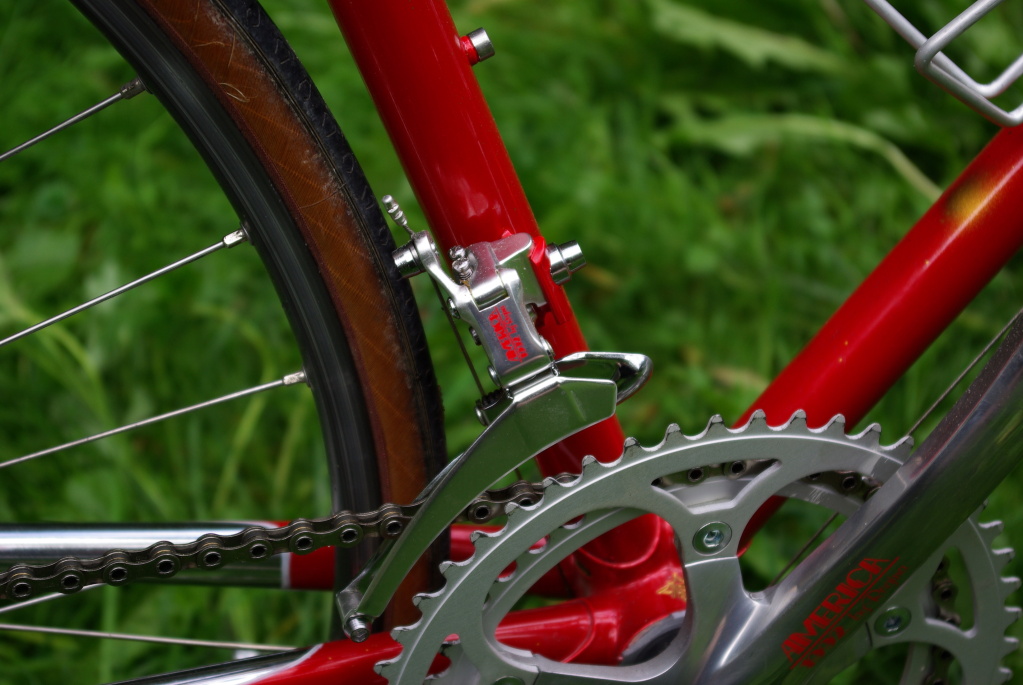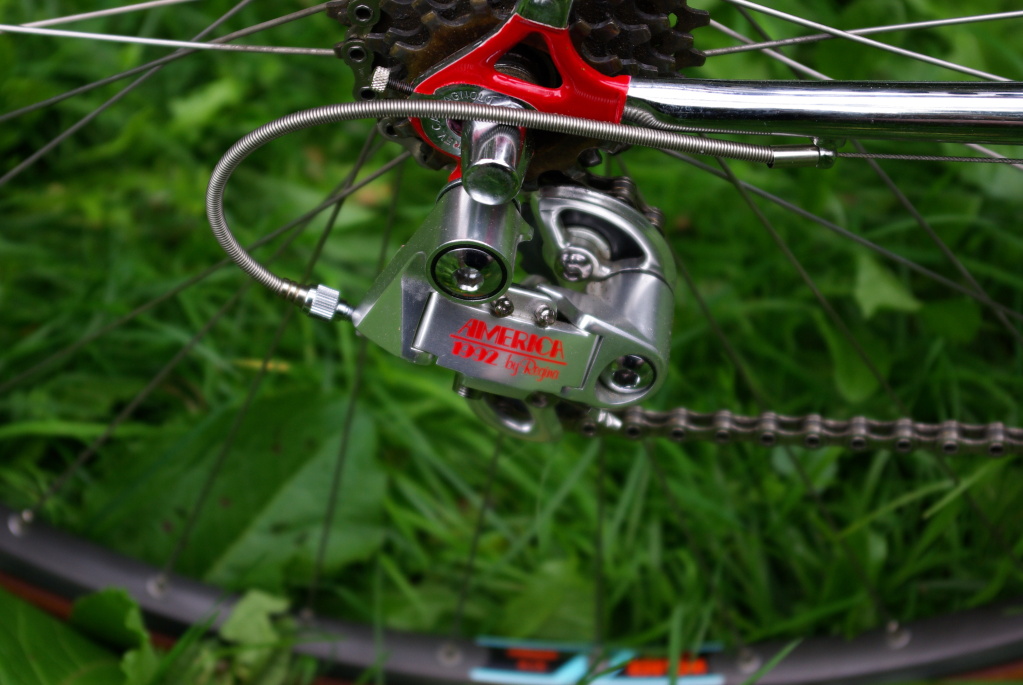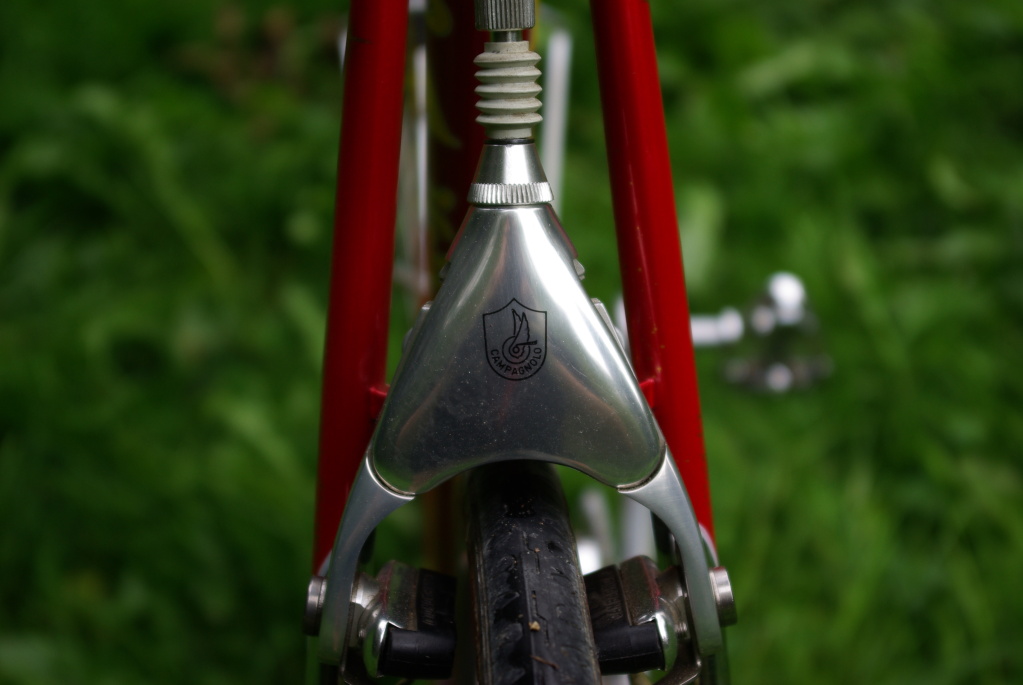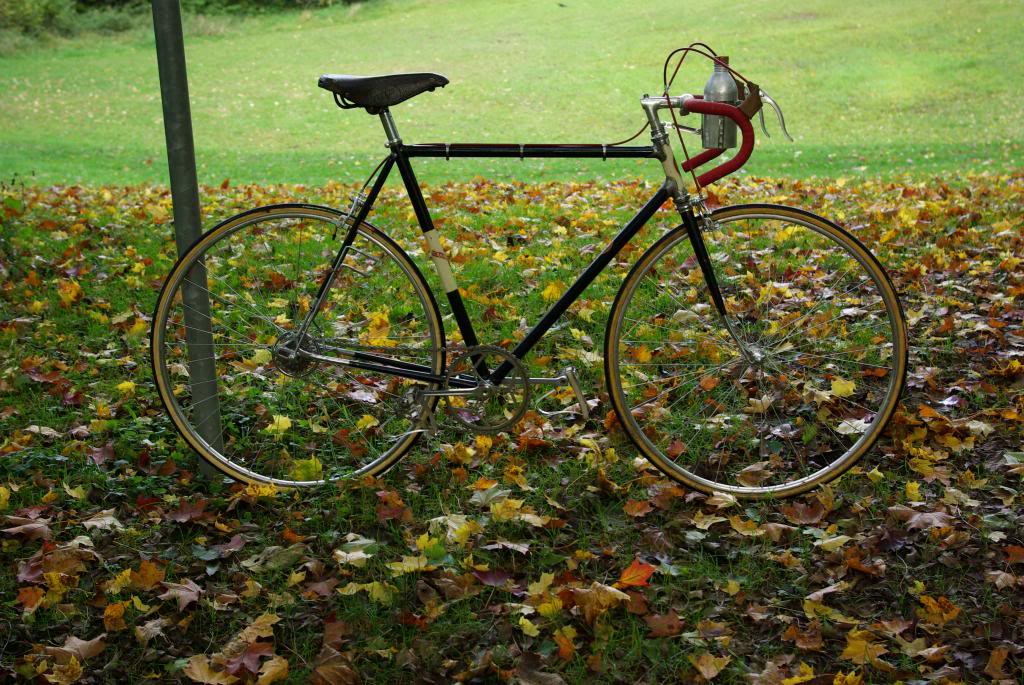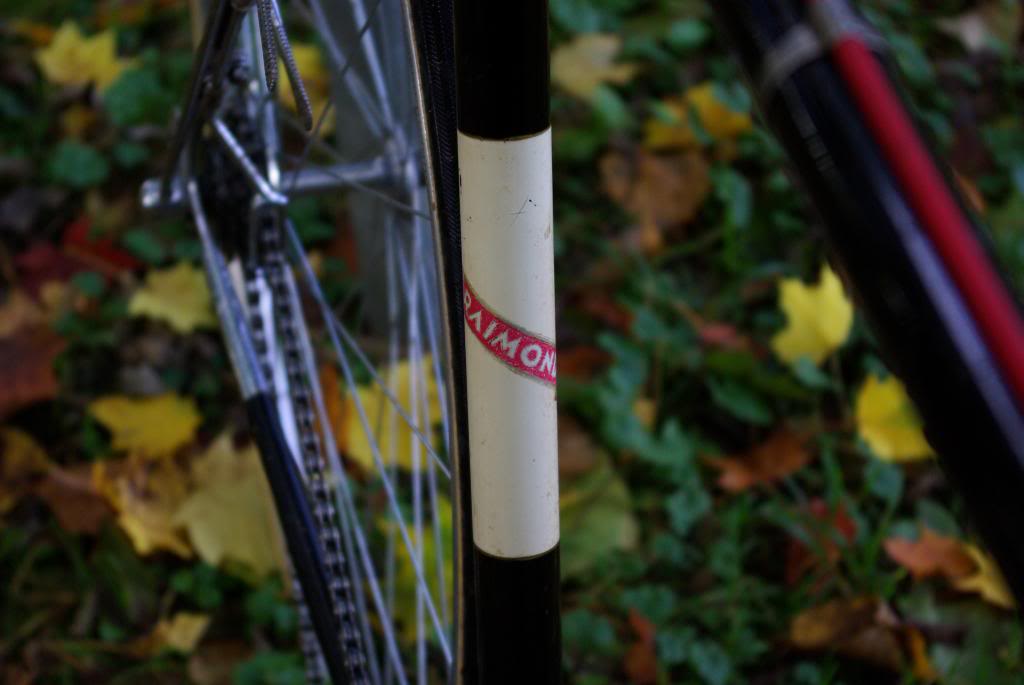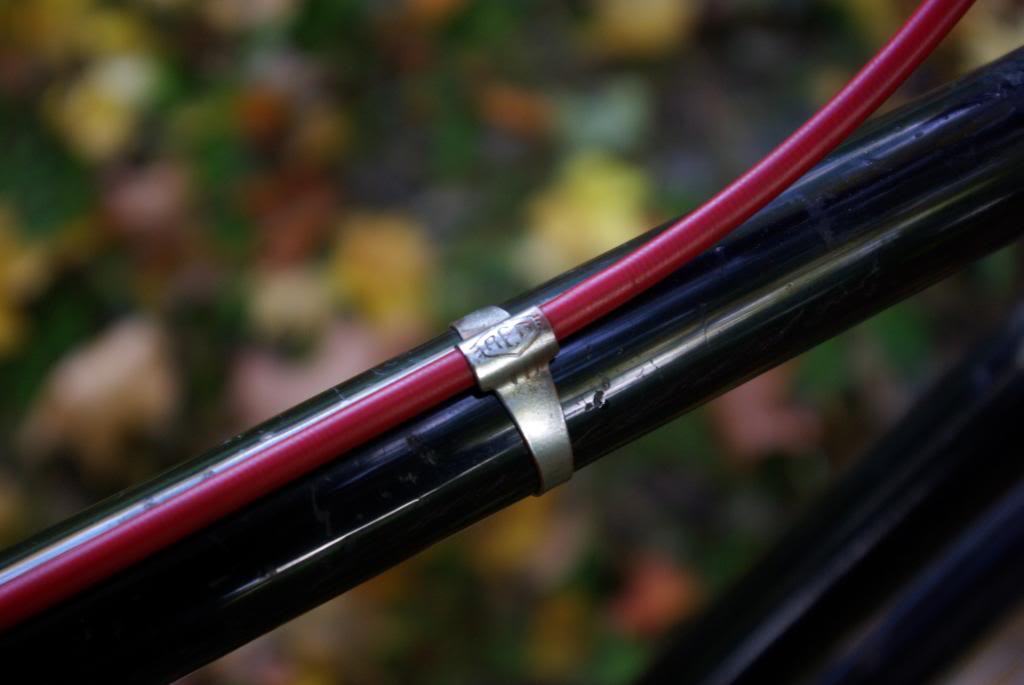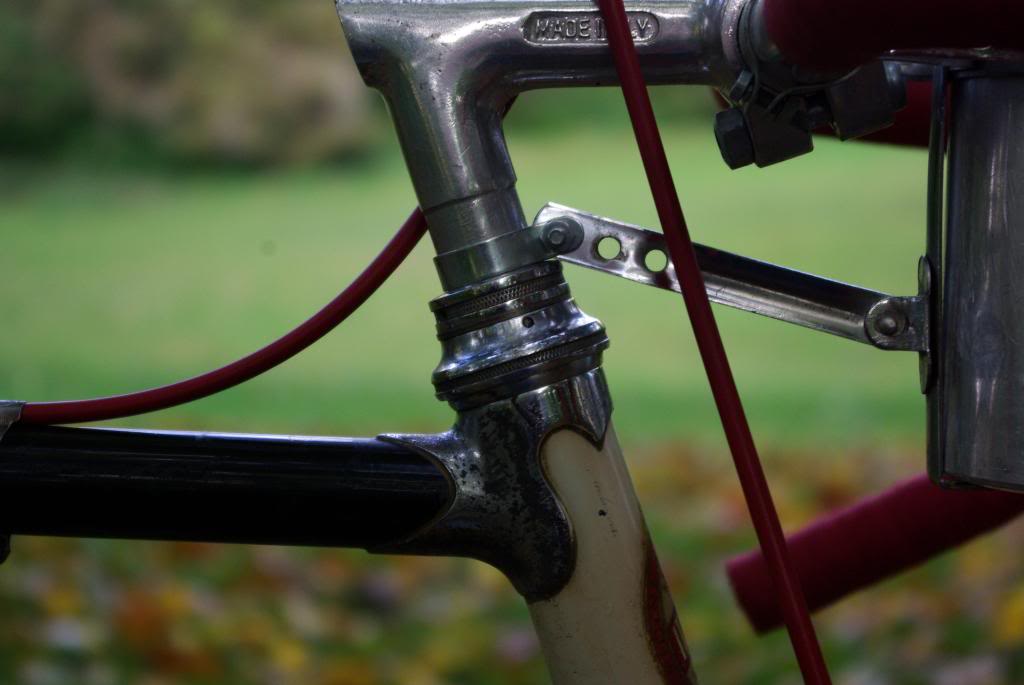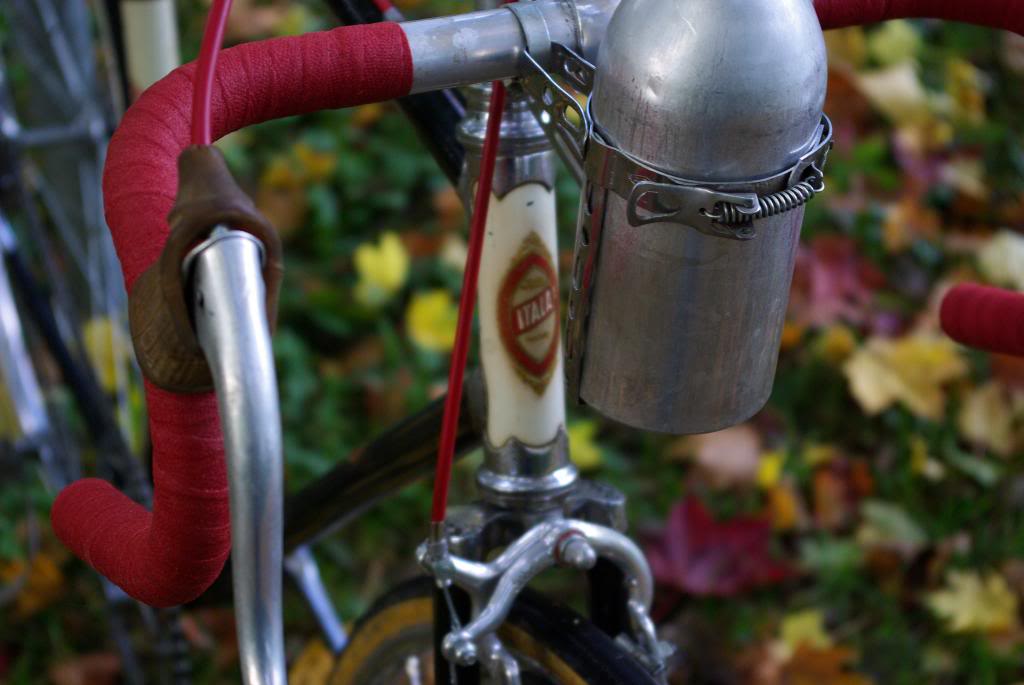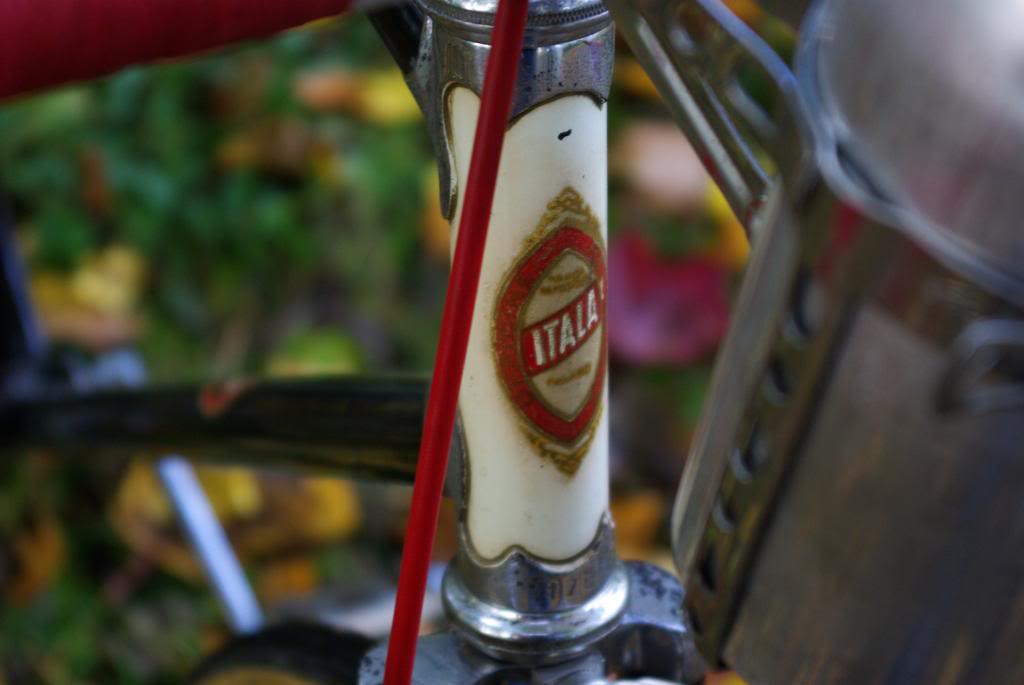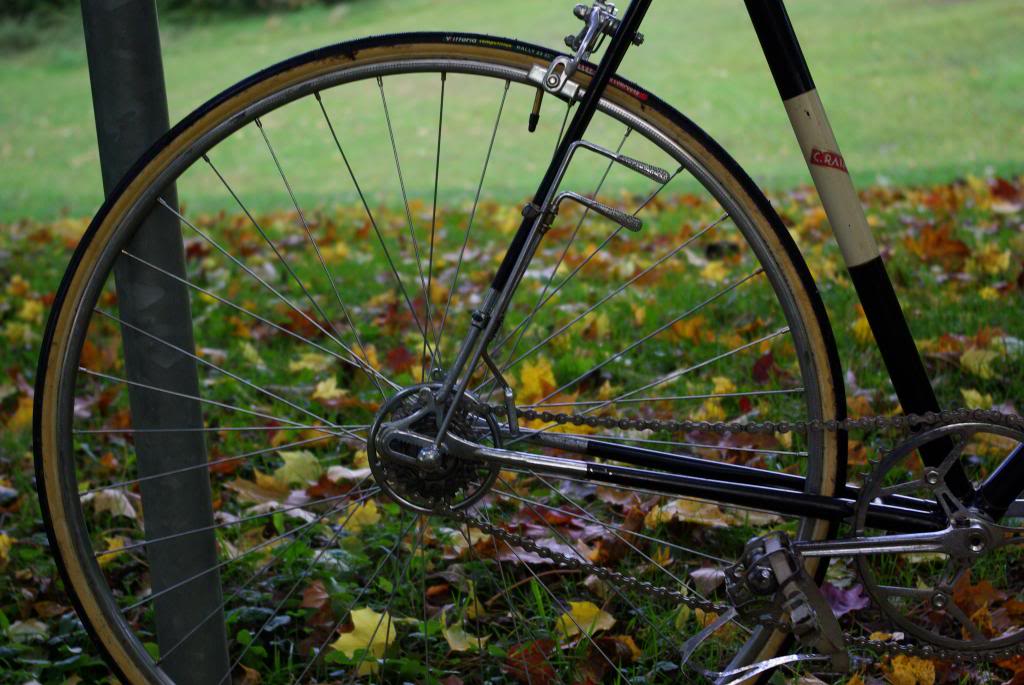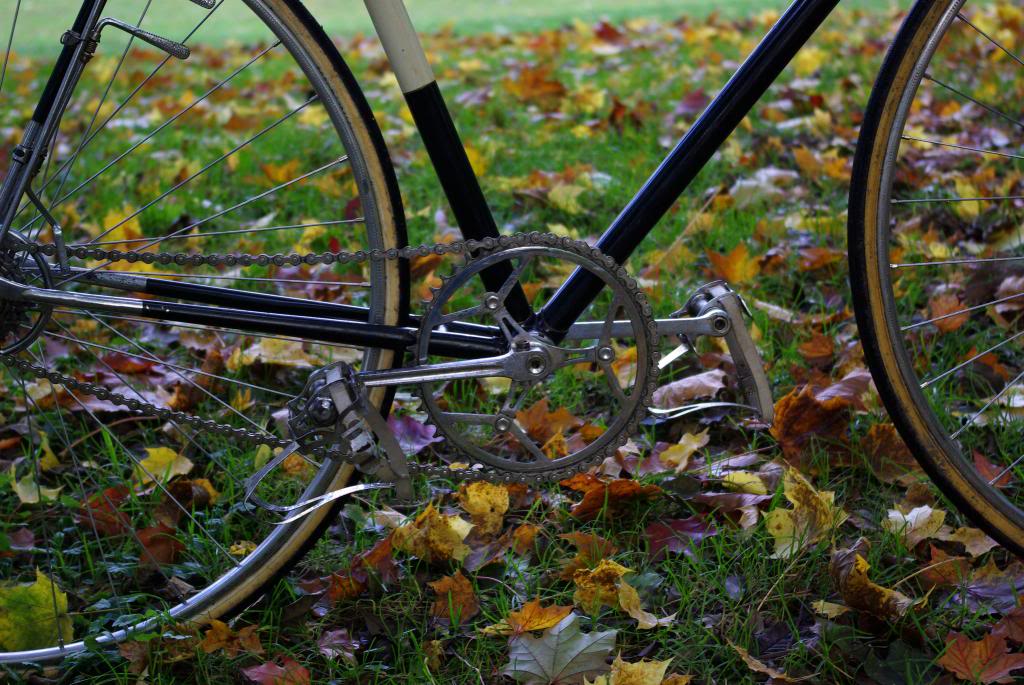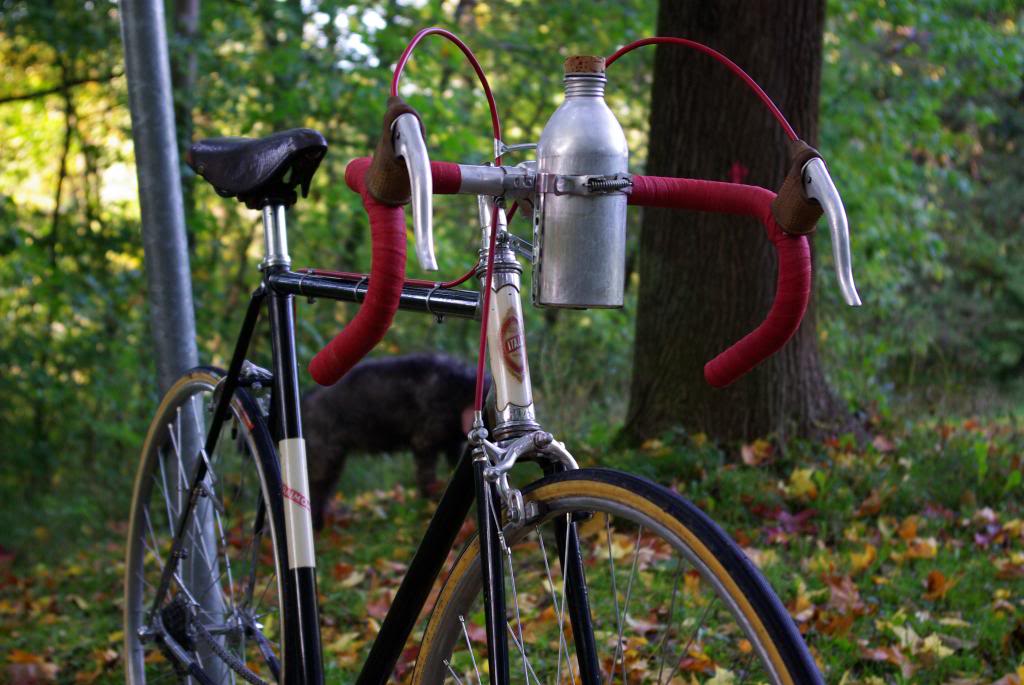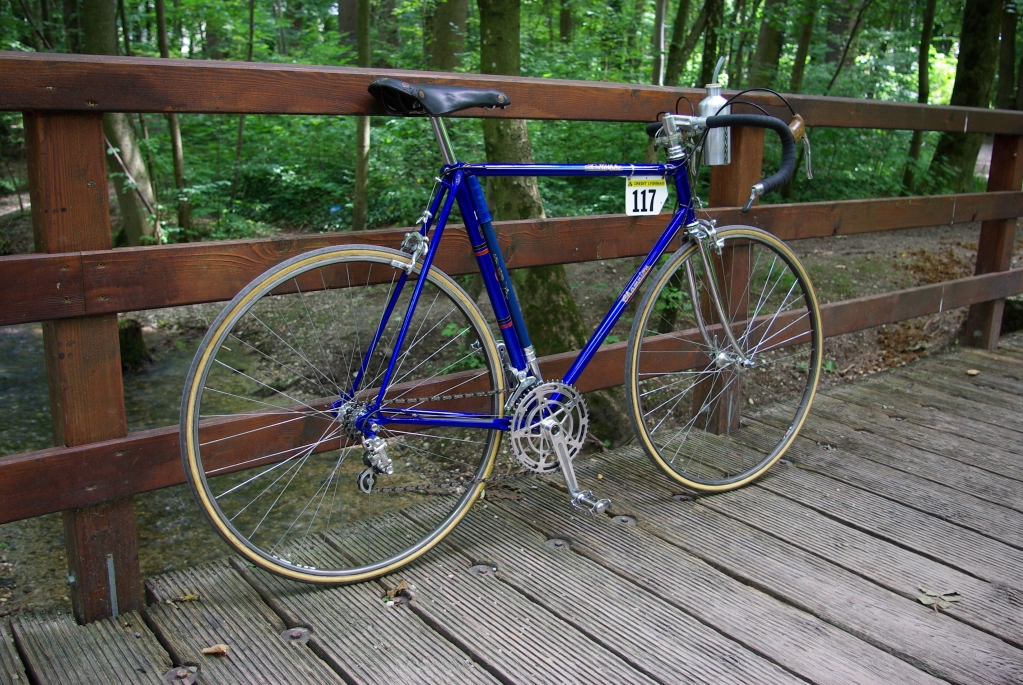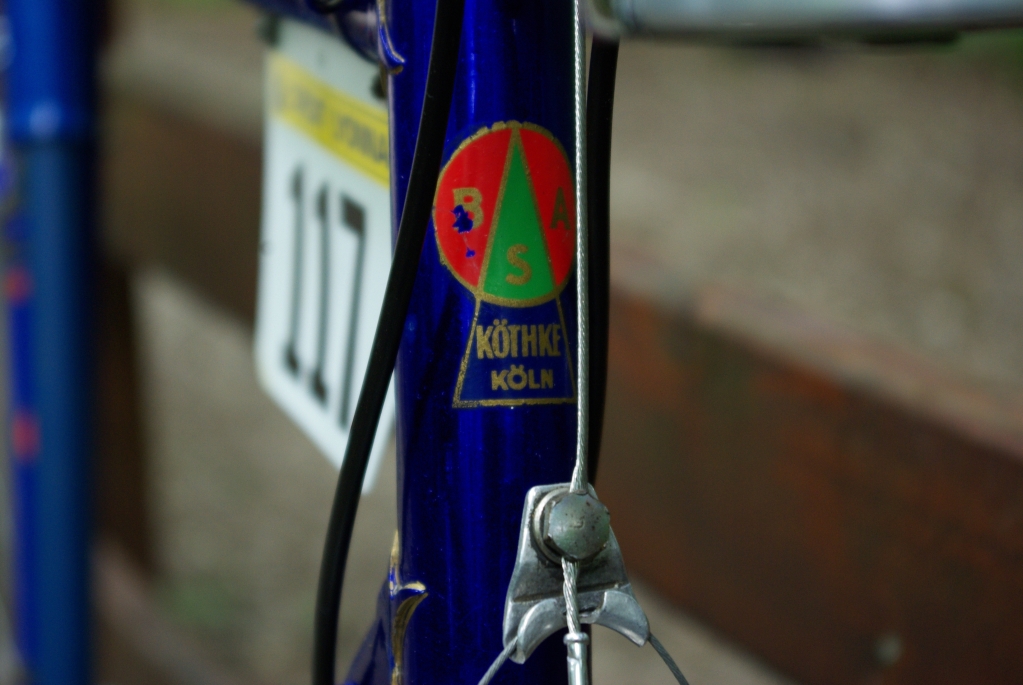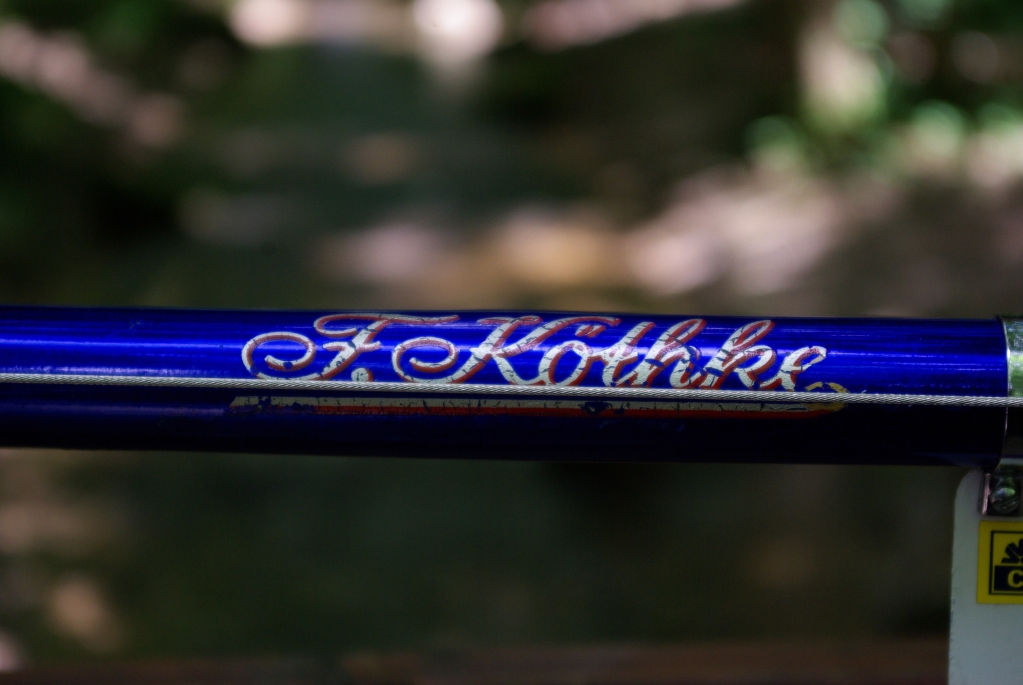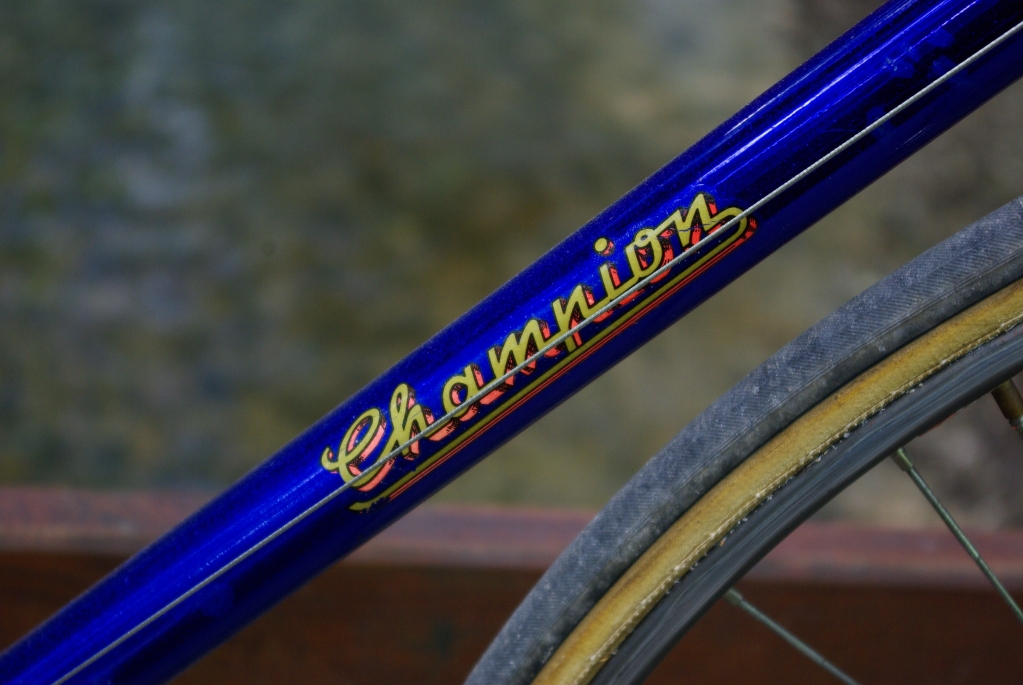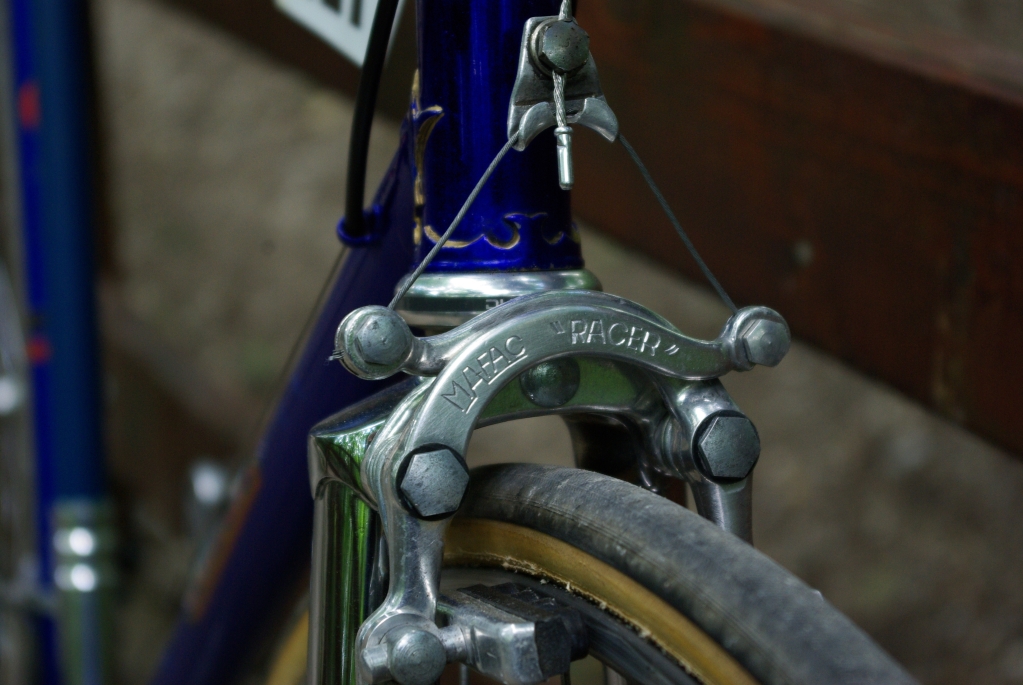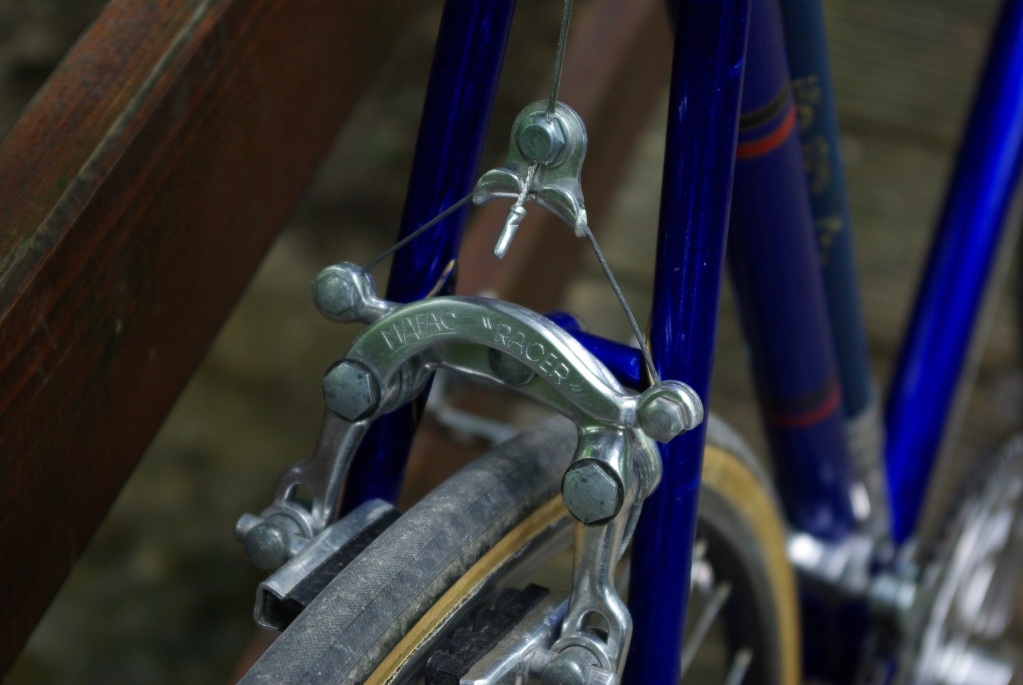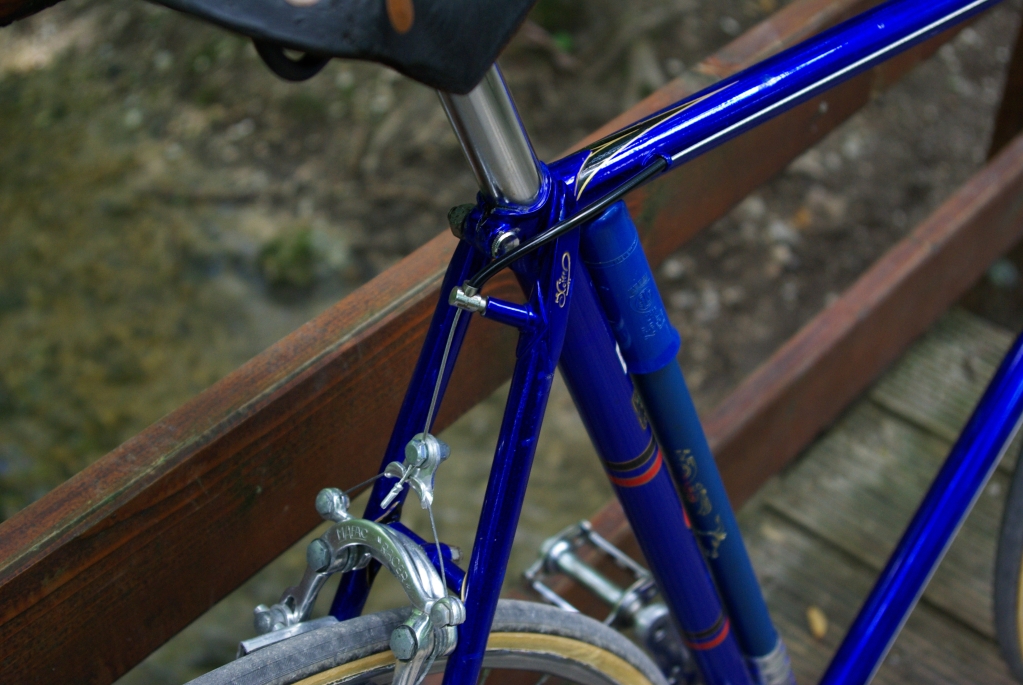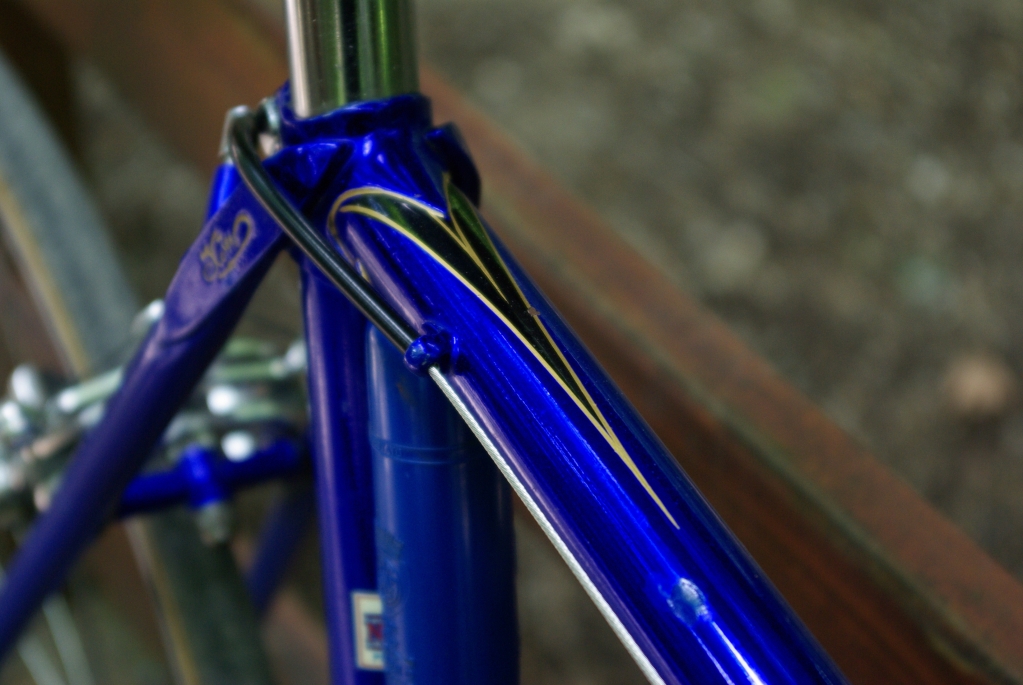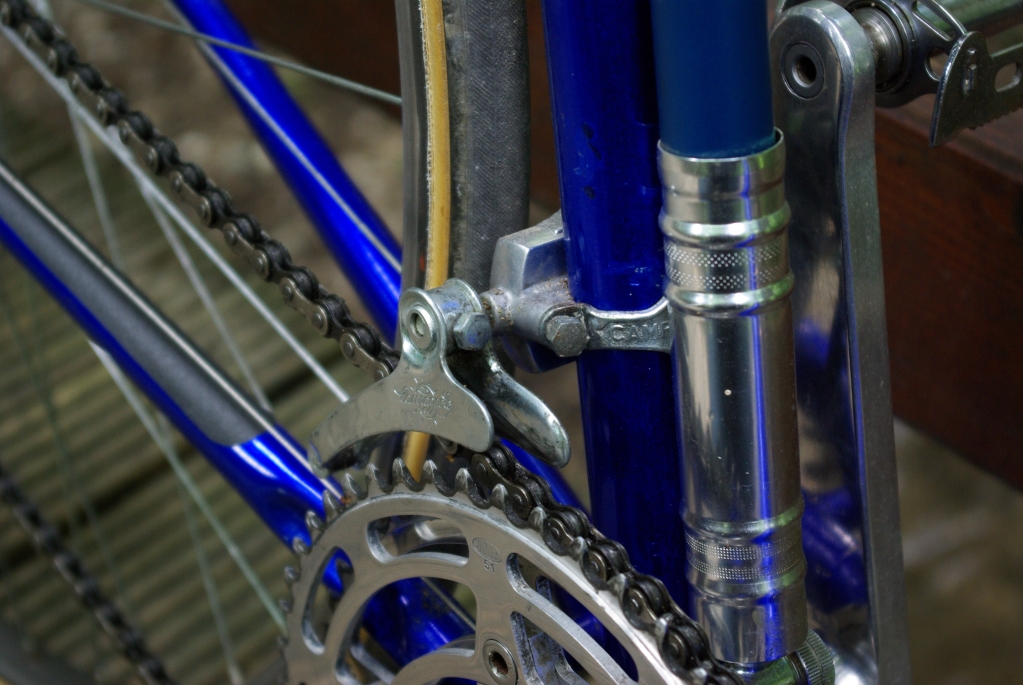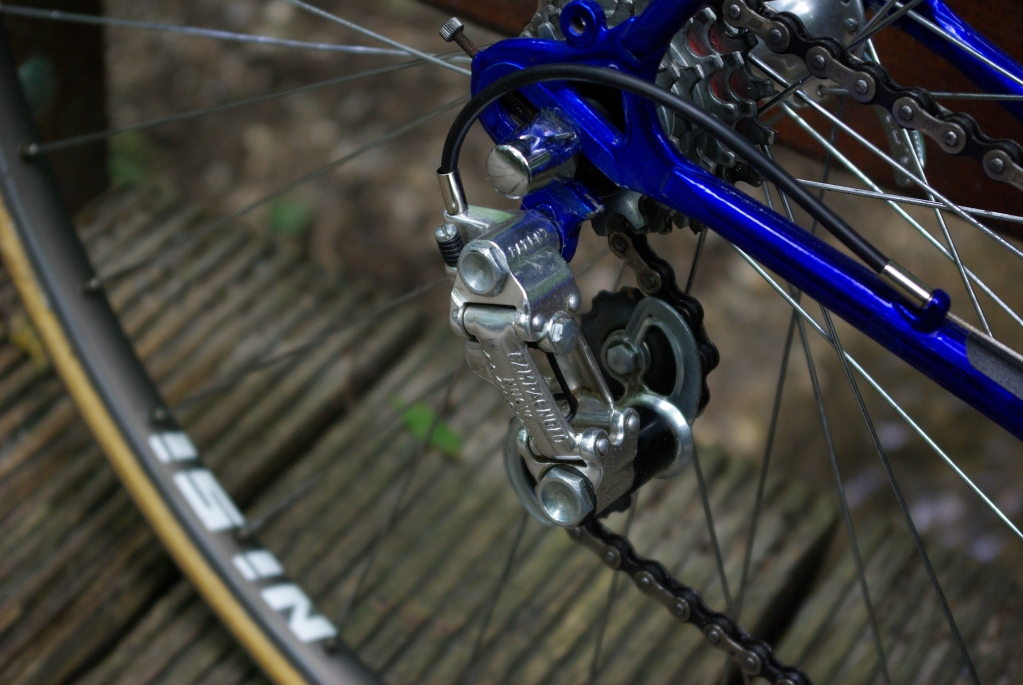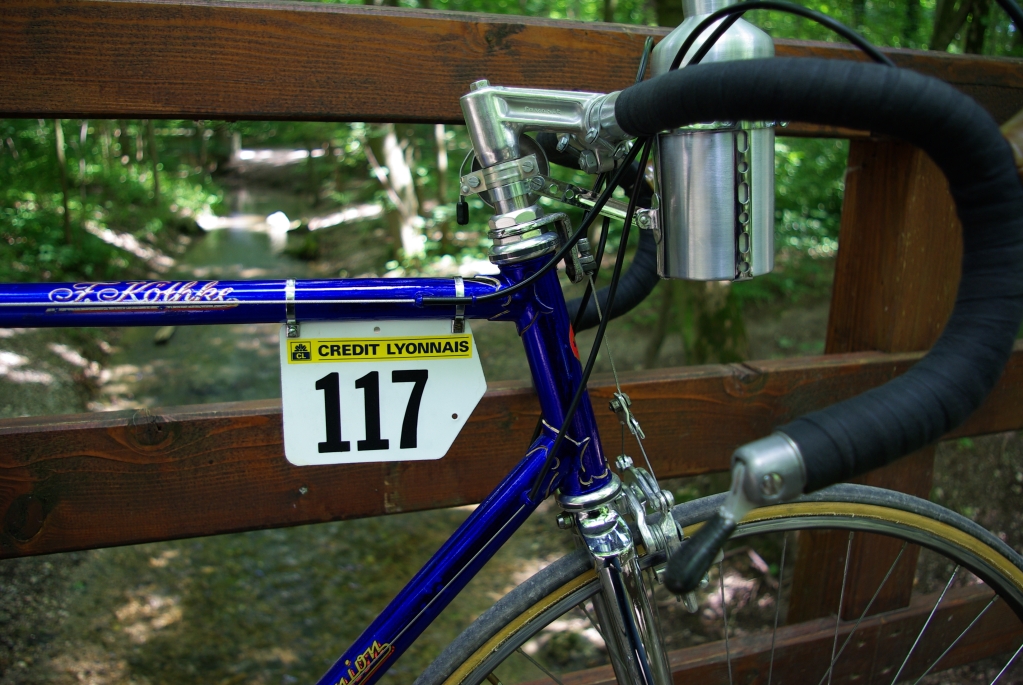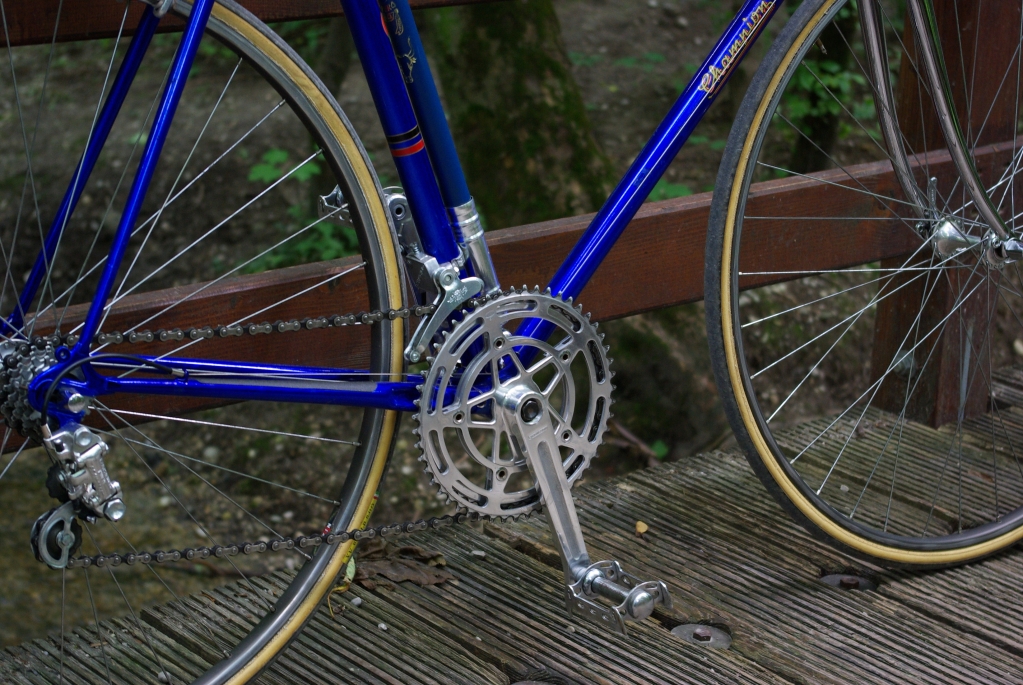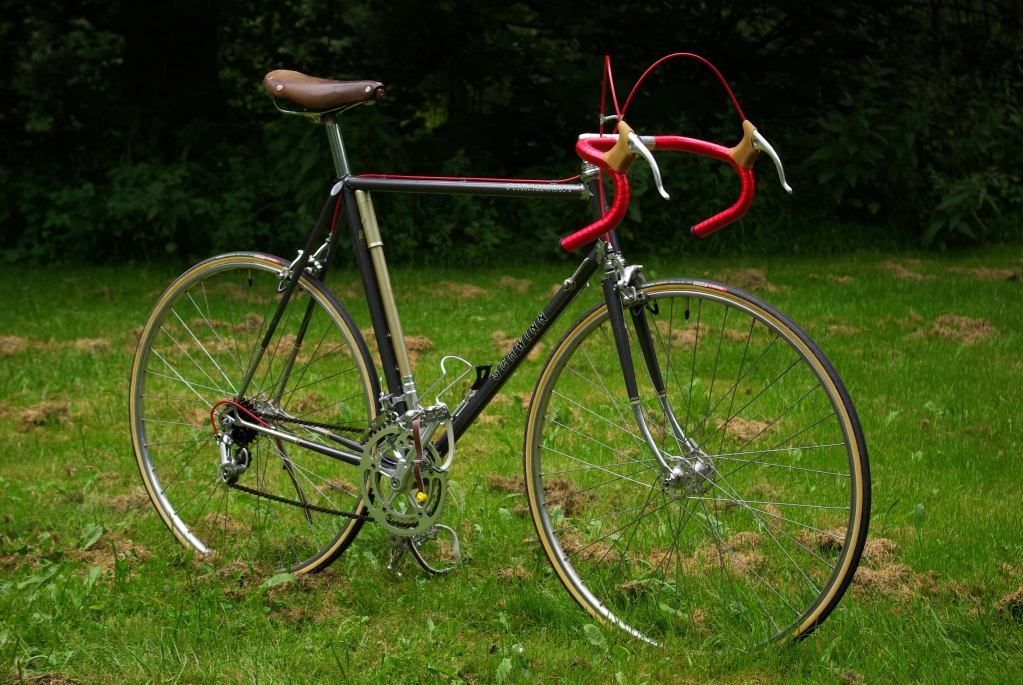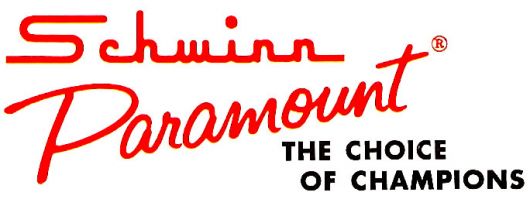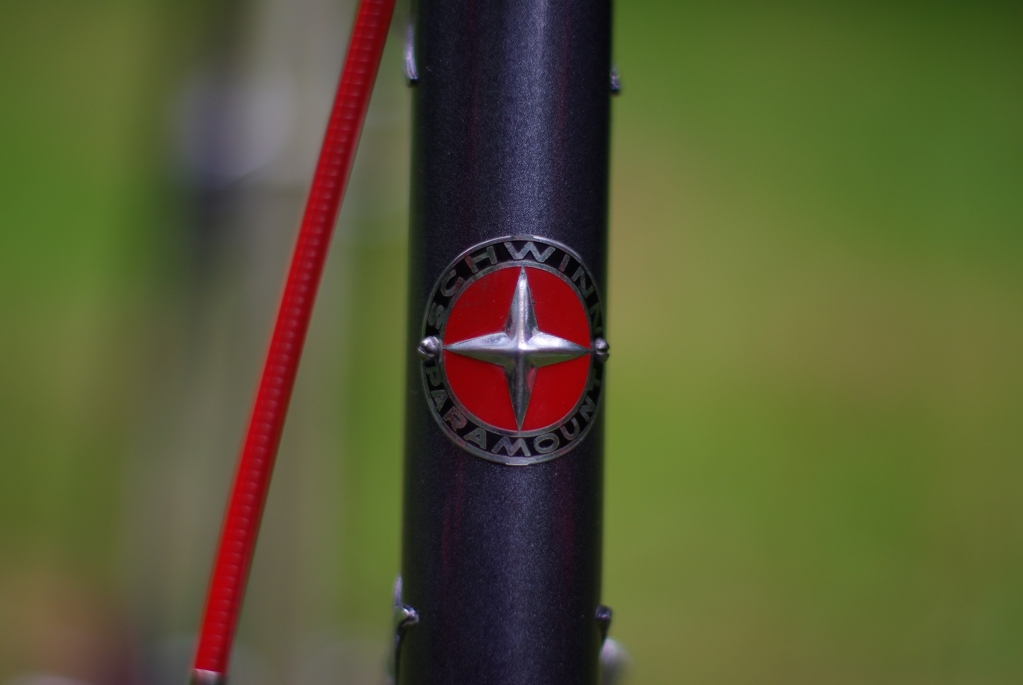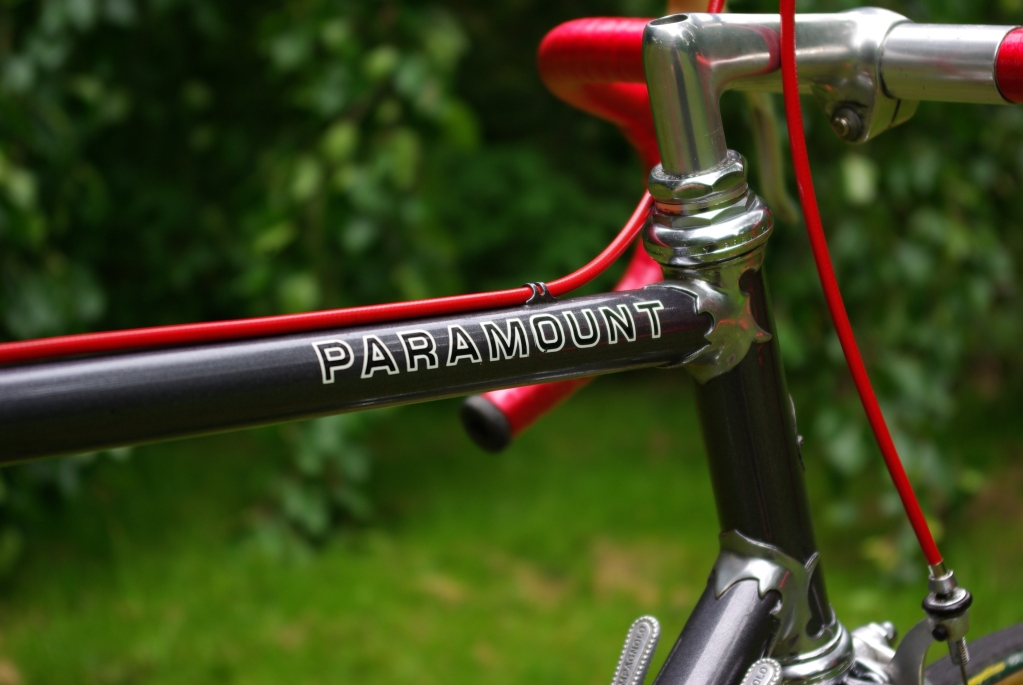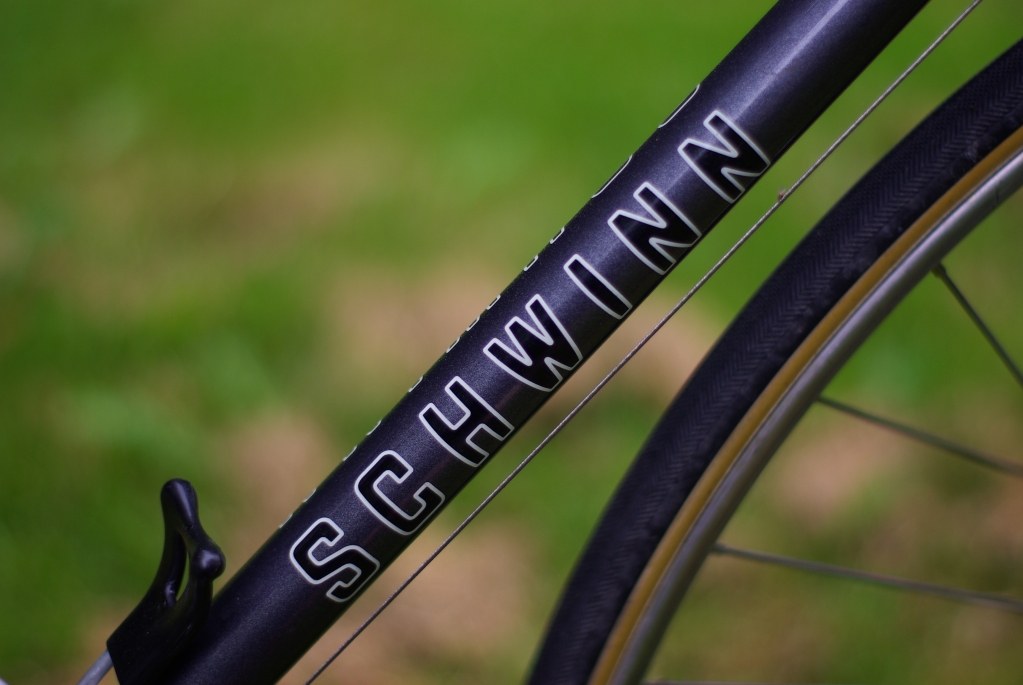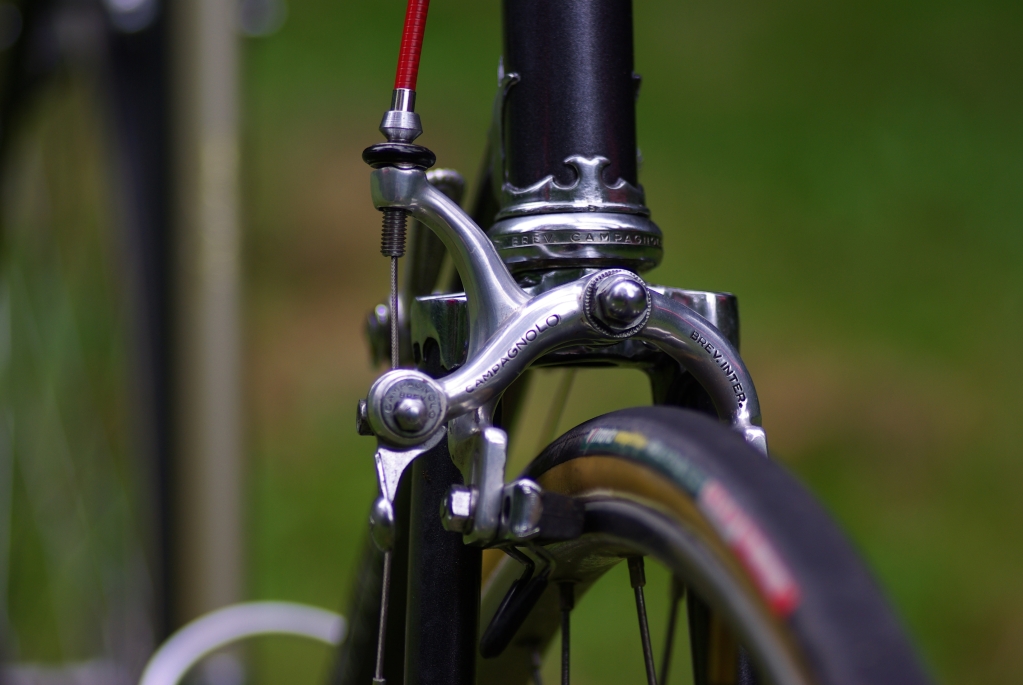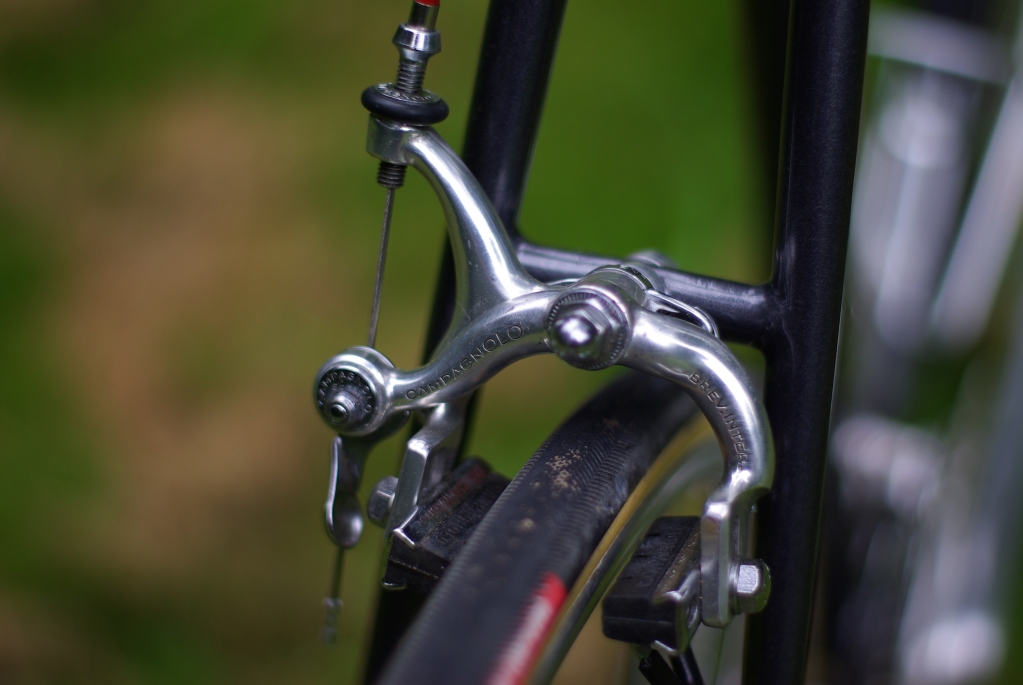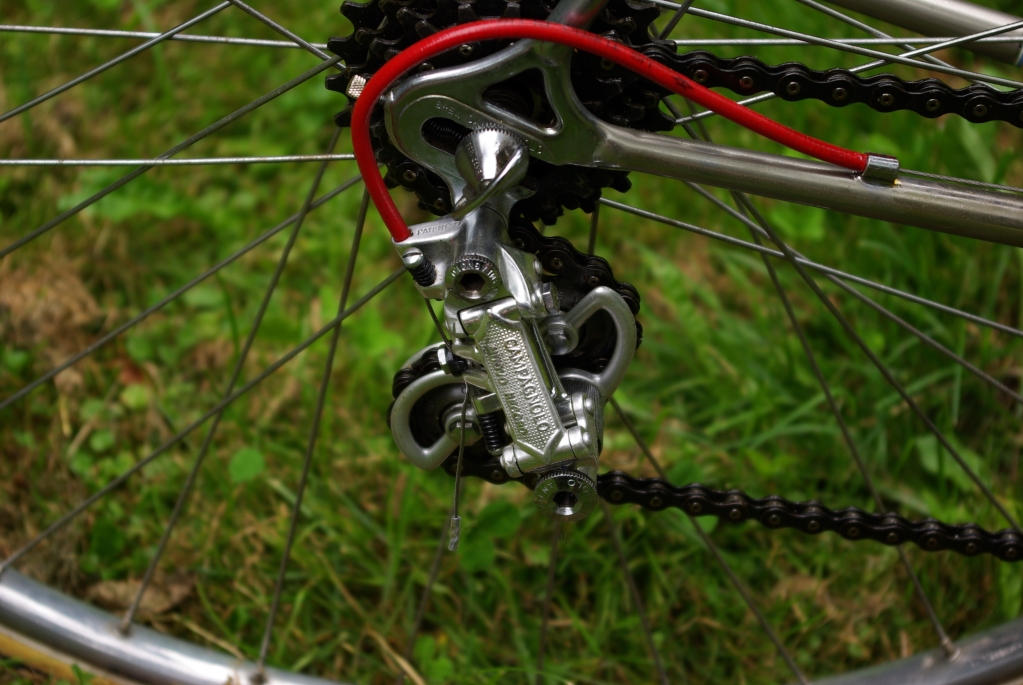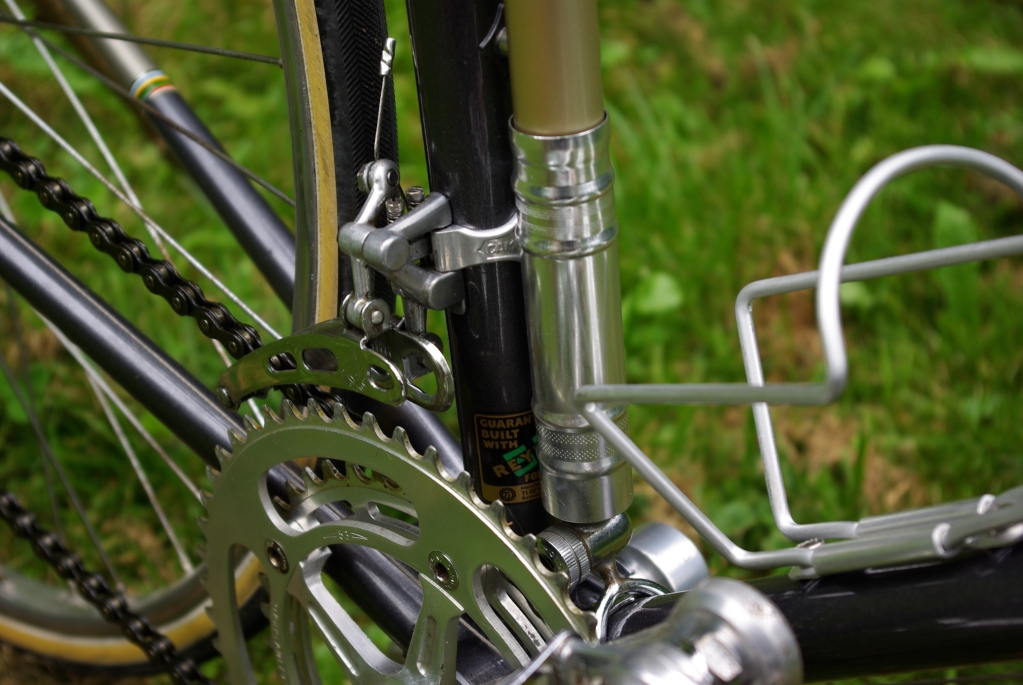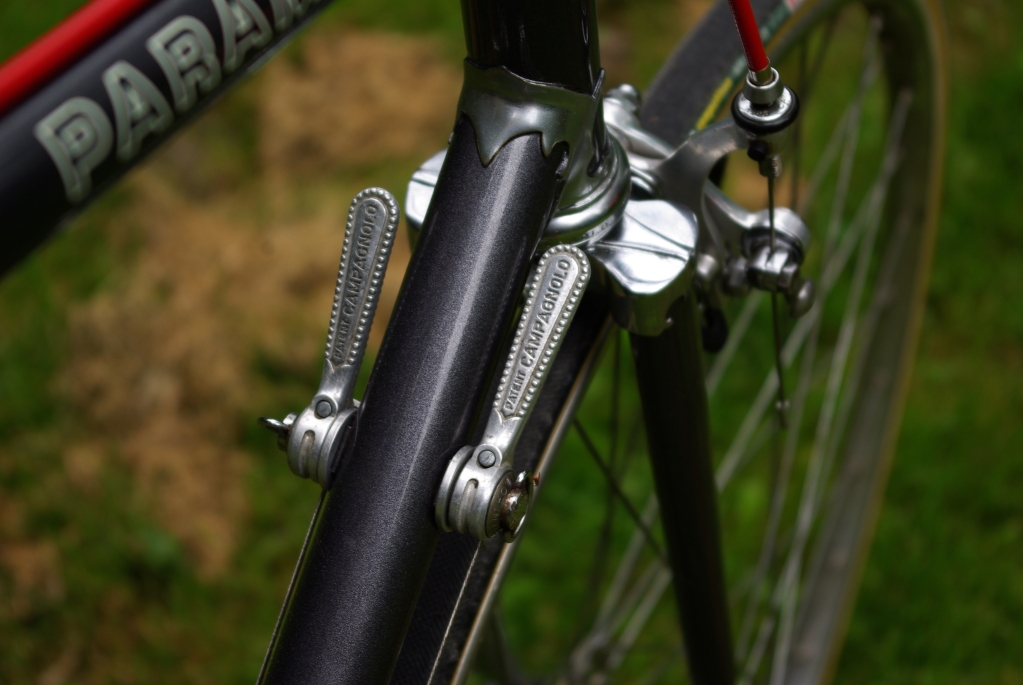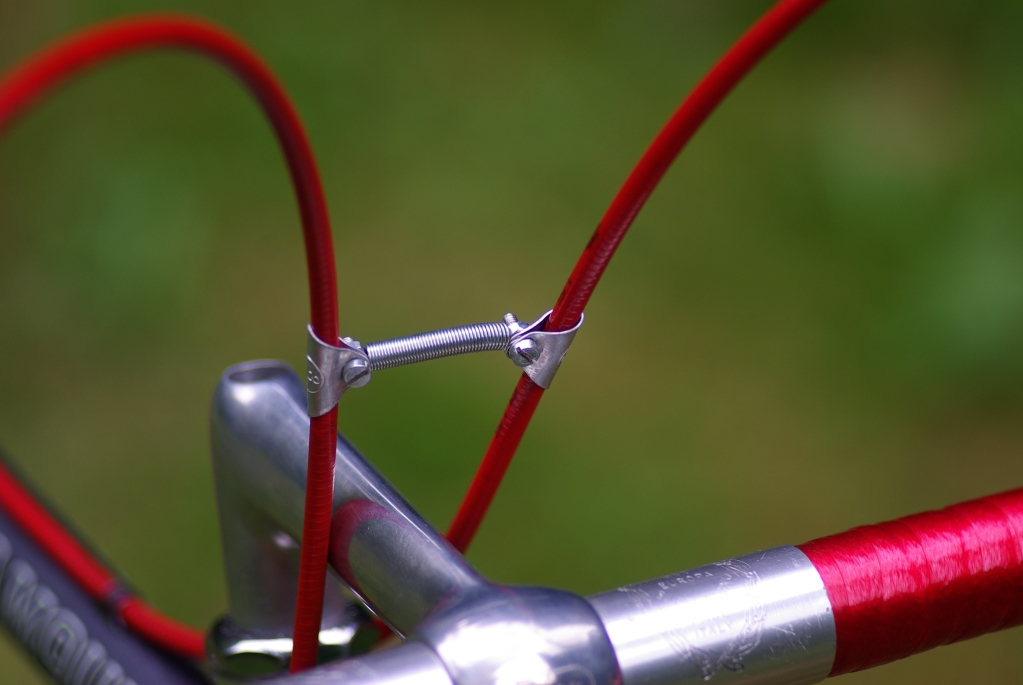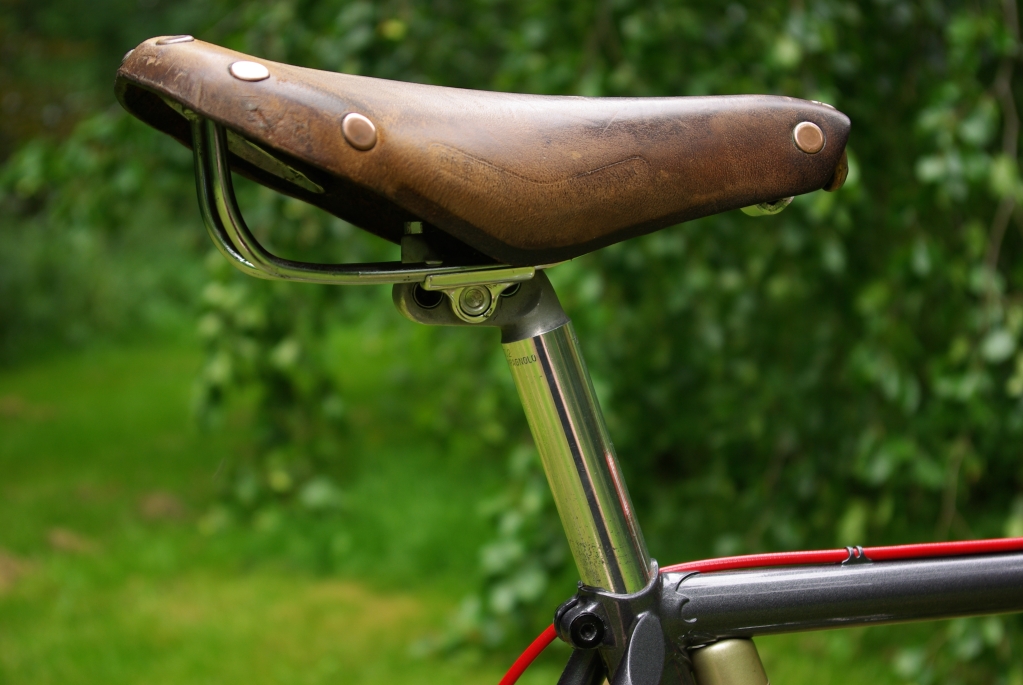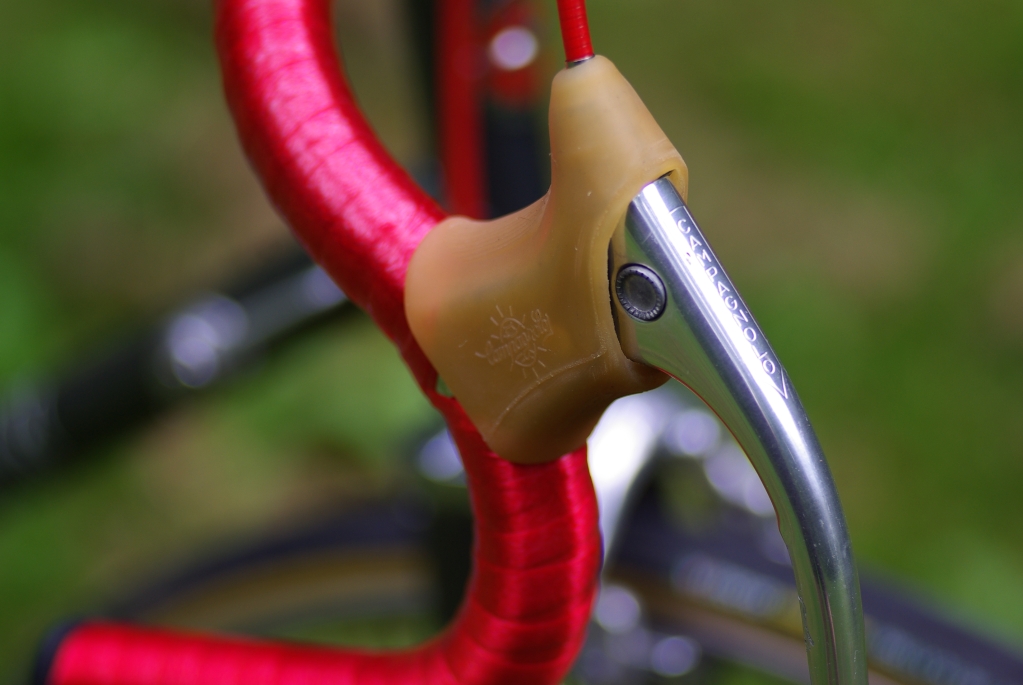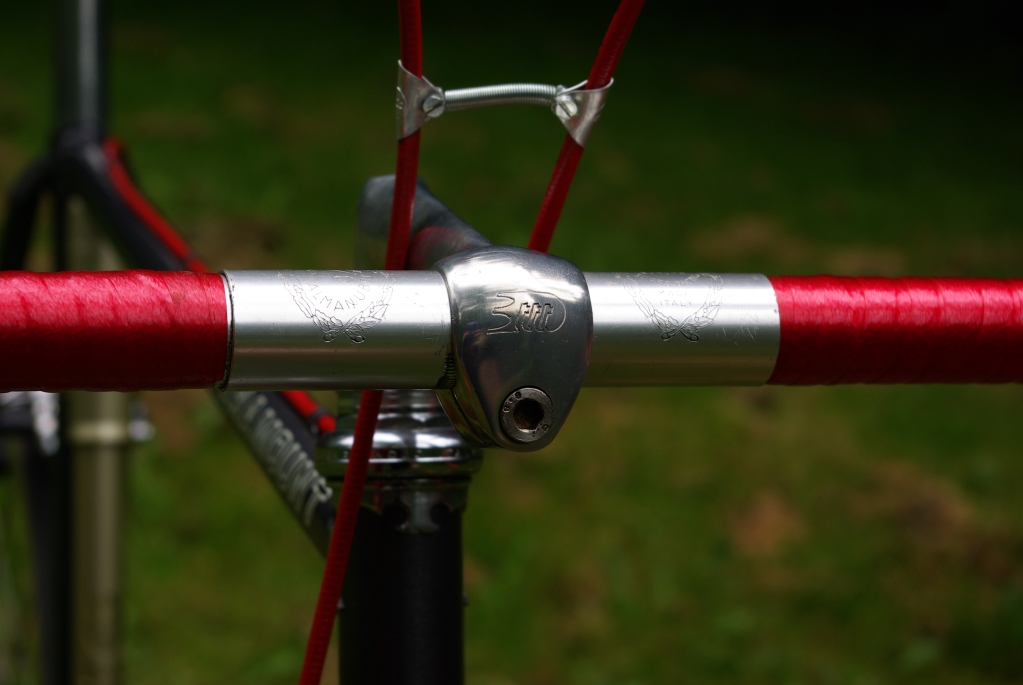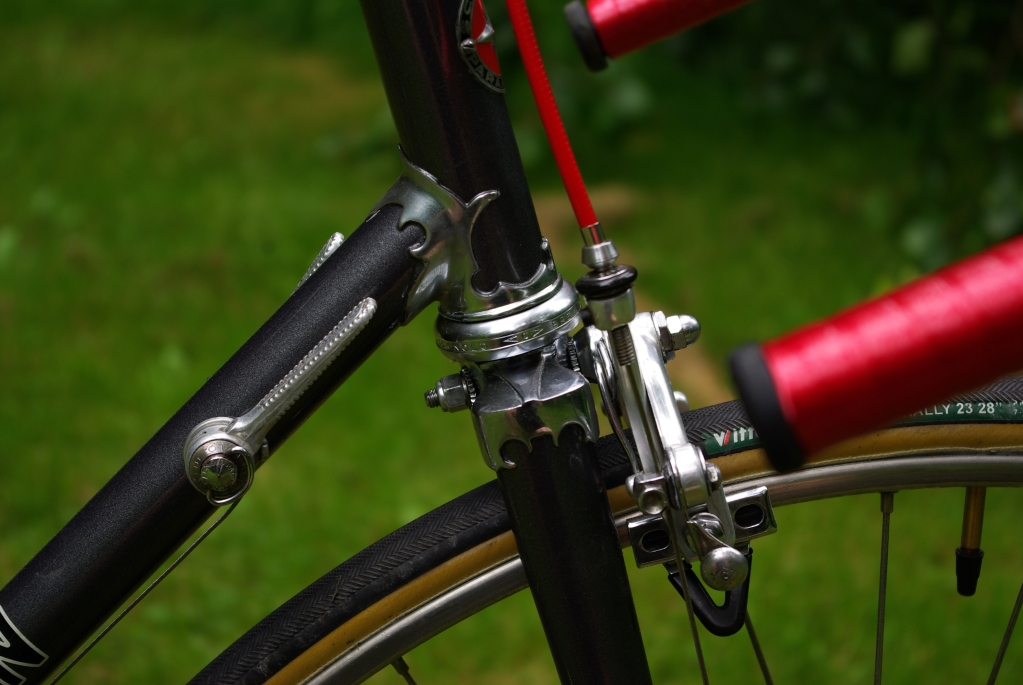Unfortunately there are only very few clues since when Paletti frames were build. In an article it was alleged that Luciano Paletti started in 1947 to solder frames. But that was more likely his year of birth. Since most of the bikes and frames on the market were build between the 70th and 90th the story becomes more valid. In addition I would appreciate about any hint to the brands history.
It is undisputed that Paletti next to the most famous and superior quality was also the first one who used braze ons for the front derailleur on modern bicycles starting at the beginning of the 70th. These were manufactured in cooperation with Magistroni, what was as good as 10 years ahead of all competitiors and Campagnolo as well. On other hand this special feature was already introduced by those famous french constructeurs like Herse, Singer, Mongilardi, Routens or Camille Daudon earlier and with their early handbuild rod operated changers.
But in terms of quality there is simply no comparism between mass products from Milan or Cambiago and a stunning and rock solid, well soldered Paletti Prestige, which is more likely on a level with Masi, Chesini, Colnago or Gloria then with Frejus, Legnano and Giufredi or Gregorelli.
Unfortunately Luciano Paletti, who also was an active racer in his jounger years, passed away too early in June 2015.
But let´s move on to the story about this outrageously unusual find.
About a year ago in Switzerland, a bike shop was closed. In the basement and showroom many high quality frames were awaiting use. They were stored since new and never build up or ridden.
Fortunately, I was able to snatch this frame set its slumber.
Again this great and fearful question about how to come to a period correct build had to be answered. First I thought of a complete C-Record setup but this was overturned by a really cheap deal for a set of Croce d´Aune Delta brakes with levers. On other hand I was not luckilly enough to find Croce d´Aune derailleurs for a reasonable price. Second I didn´t want to follow this usual uniformity and was looking for a set up that yet equally or even more turns on than a Super Record.
Please be honest, have you ever seen a Regina America 1992 in wild? Of course this group set could be admired in the catalog back then, but I didn´t come over one of these group sets never before in wild. The group set consists of a Regina America freewheel, a Regina Superleggera chain. The rear and front derailleur as well as the shifters were made by Sachs deriving from their ARIS/ New Success line. The crankset, bottom bracket and hubs were purchased from Ofmega.
Here we go ... please let me introduce the 1992 NOS Paletti Prestige equipped with a NOS Regina America 1992 group set:
Bottom Braket: Ofmega Competition
Headset: Campagnolo C-Record
Crankset: Regina America 1992
Front Derailleur: Regina America 1992
Rear Derailleur: Regina America 1992
Shift levers: Regina America 1992
Brake Lever: Campagnolo Croce d´Aune
Brakes: Campagnolo Croce d´Aune
Wheelset: Campagnolo Chorus with Wolber Profil 20 aero clincher rims and Continental Grand Prix 4000
Saddle: Lepper Voyager with Reynolds 531 frameSeatpost: Selle San Remo Aero
Stem: Cinelli XA
Handlebar: Cinelli Criterium
Frame tubing: Columbus TSX
Fork tubing: Columbus TSX
